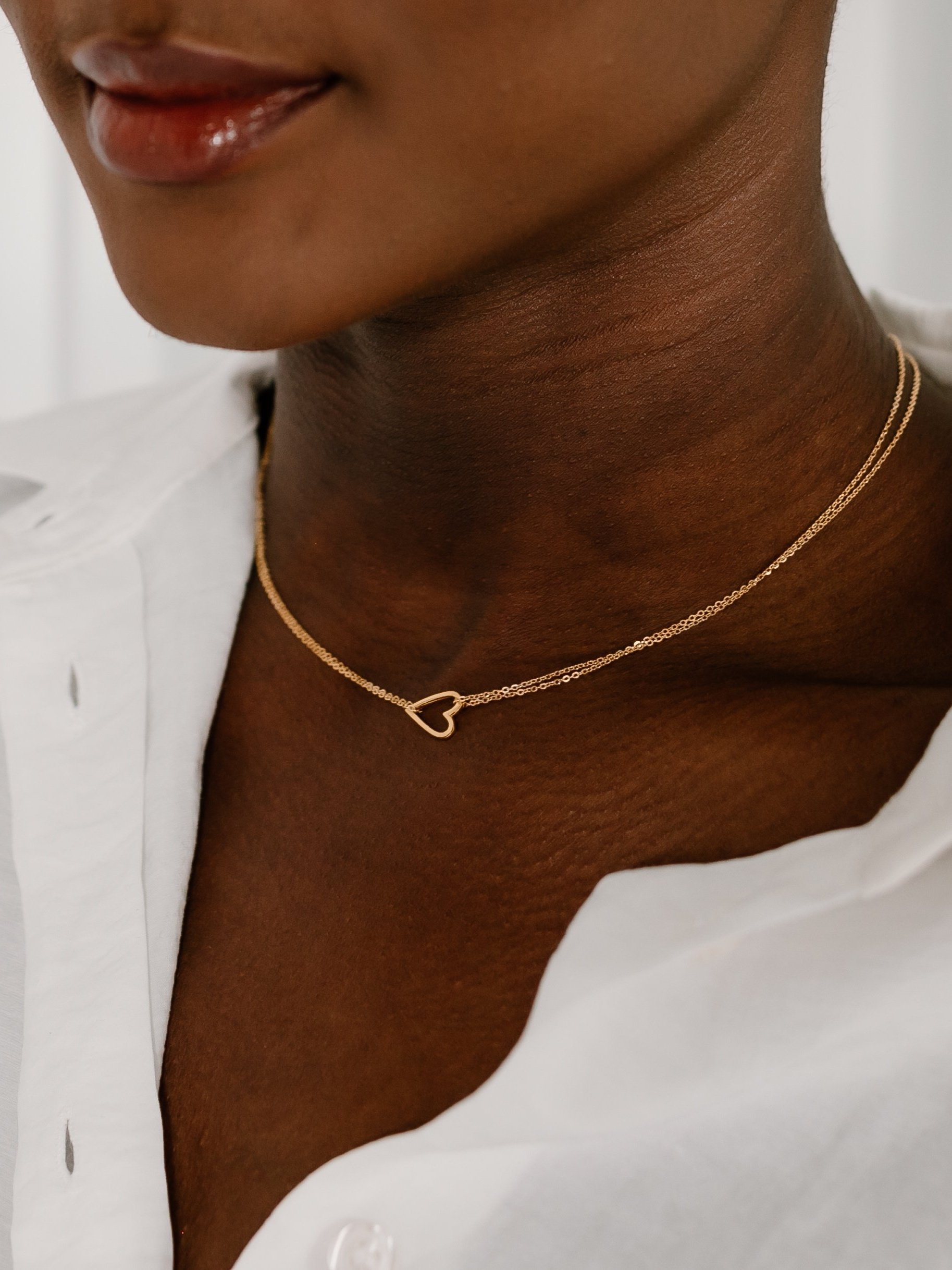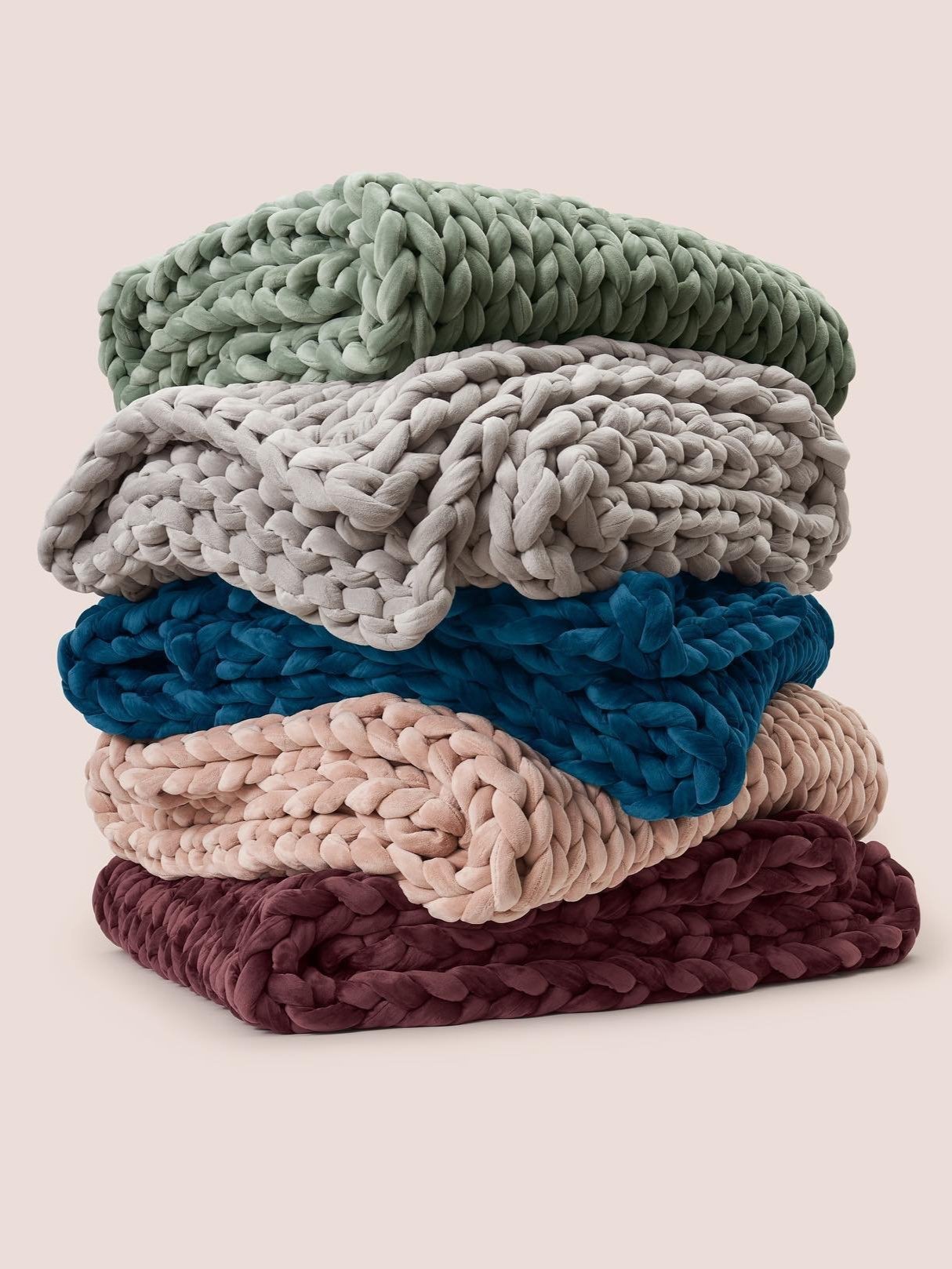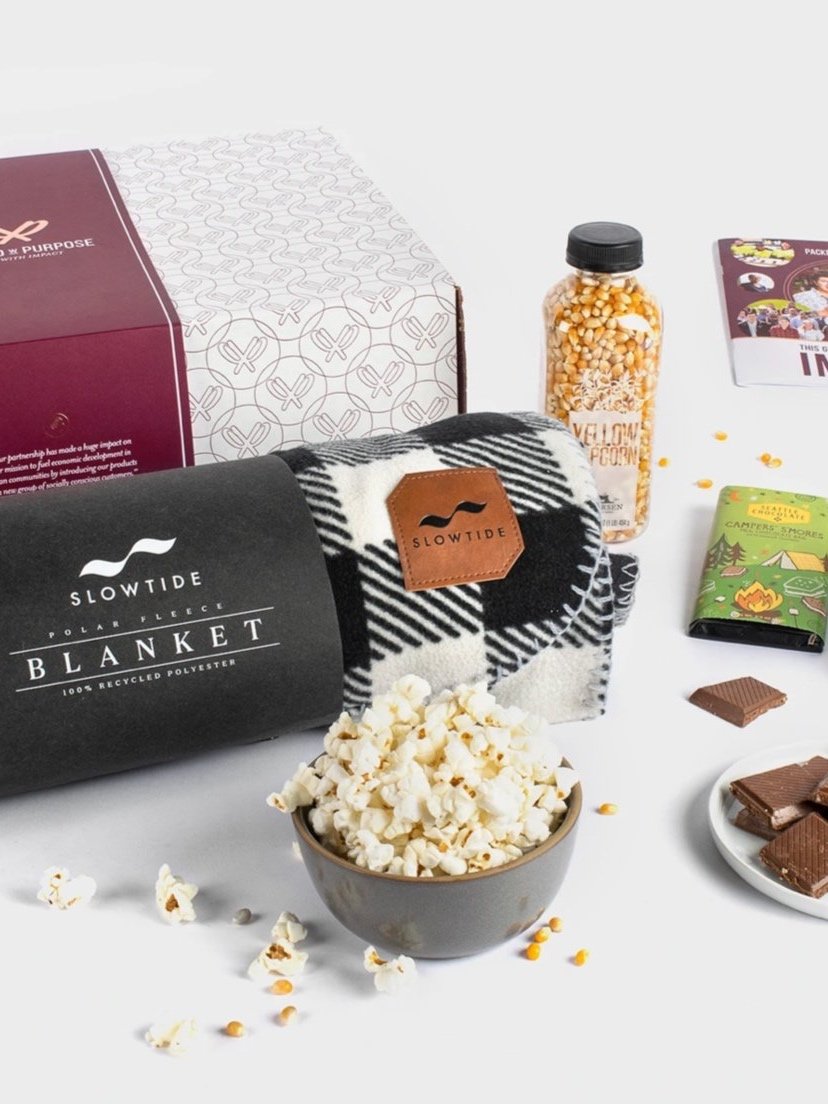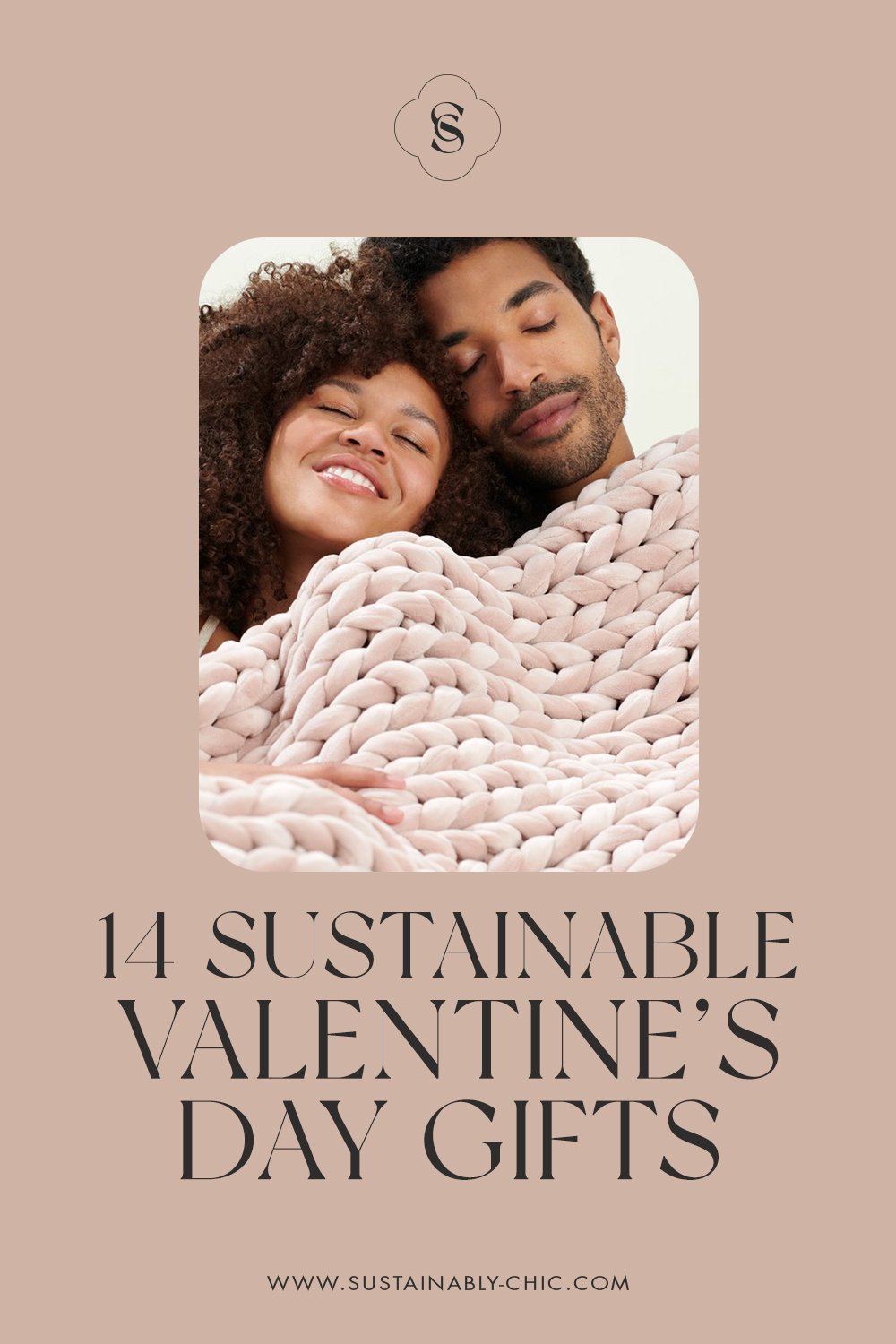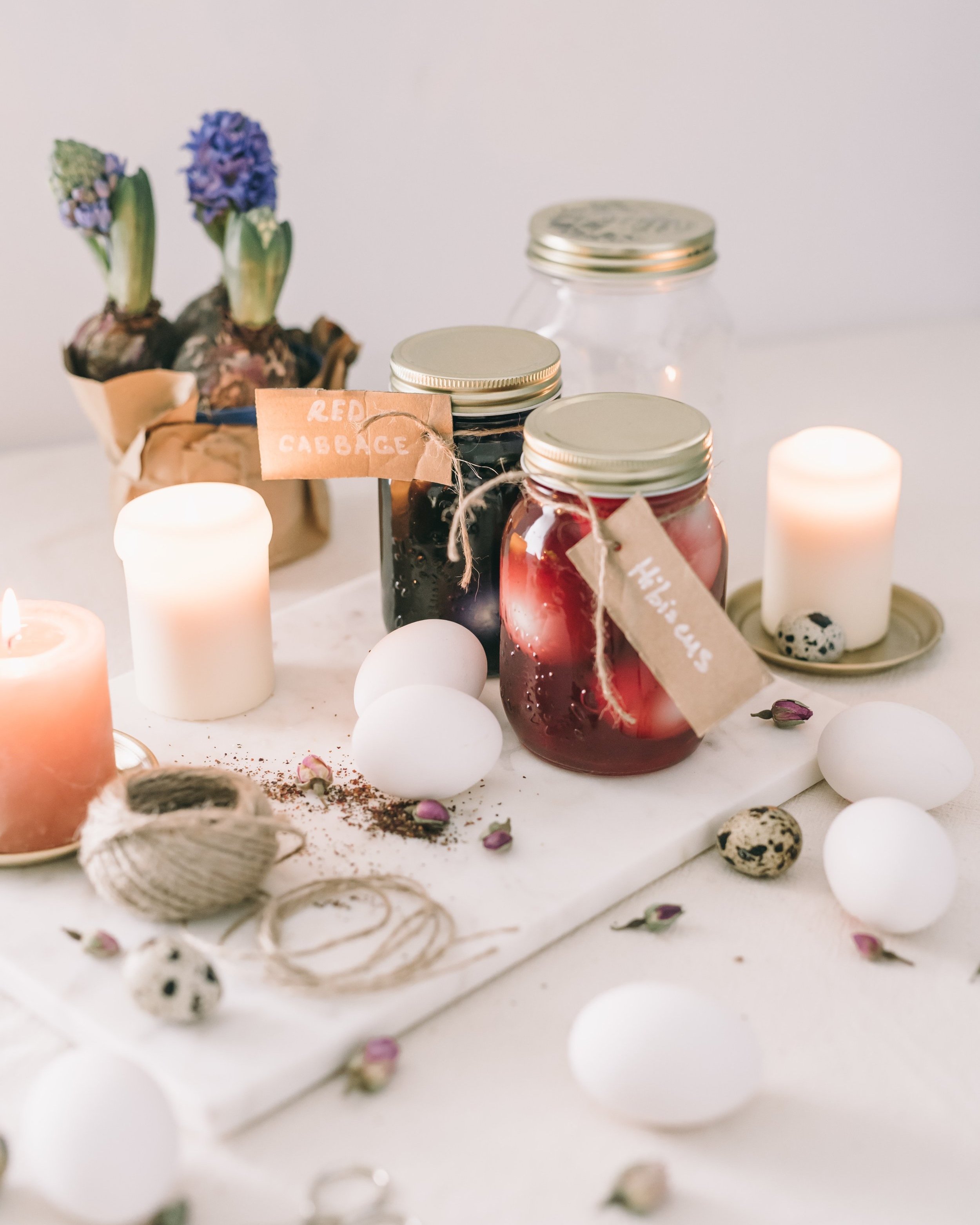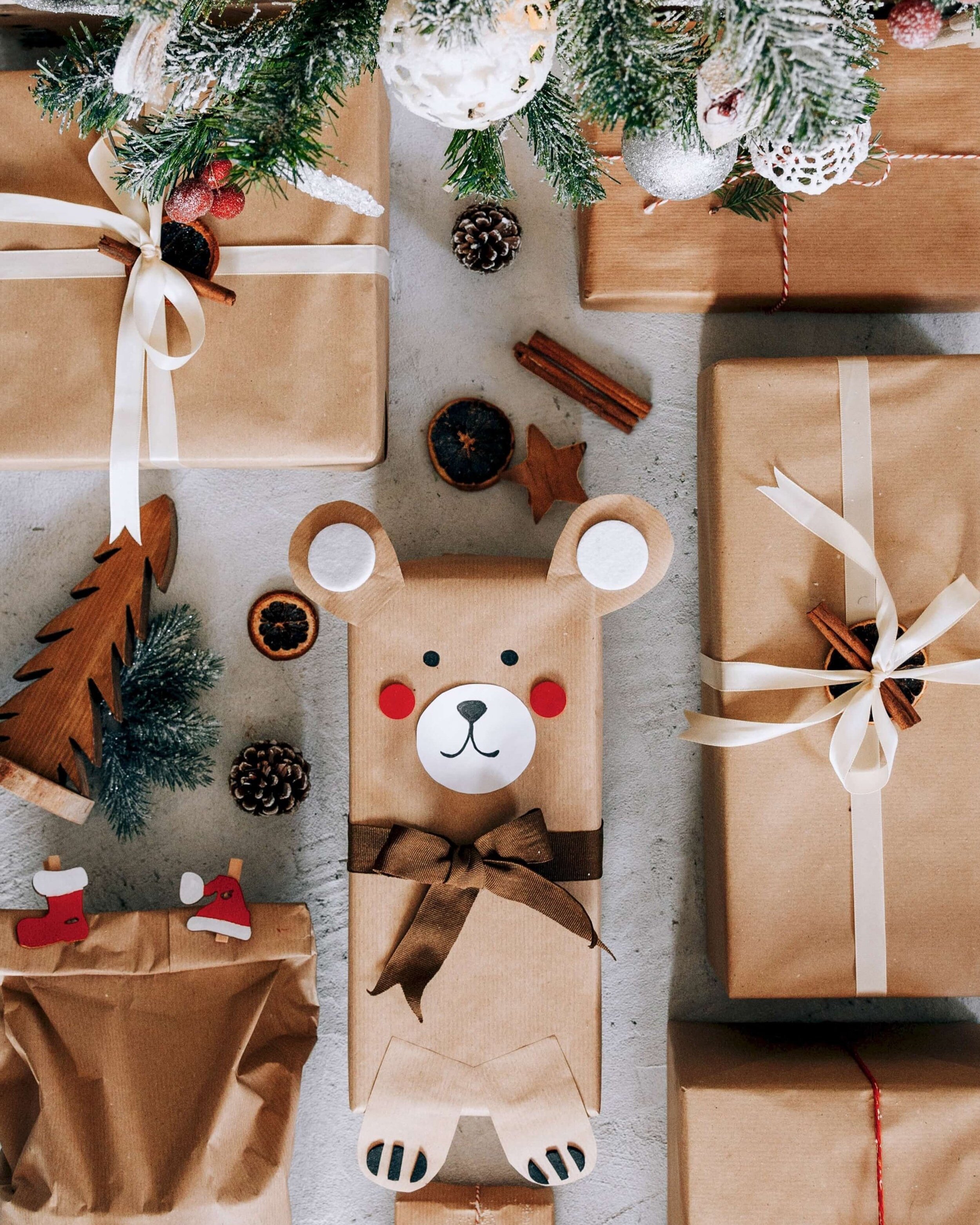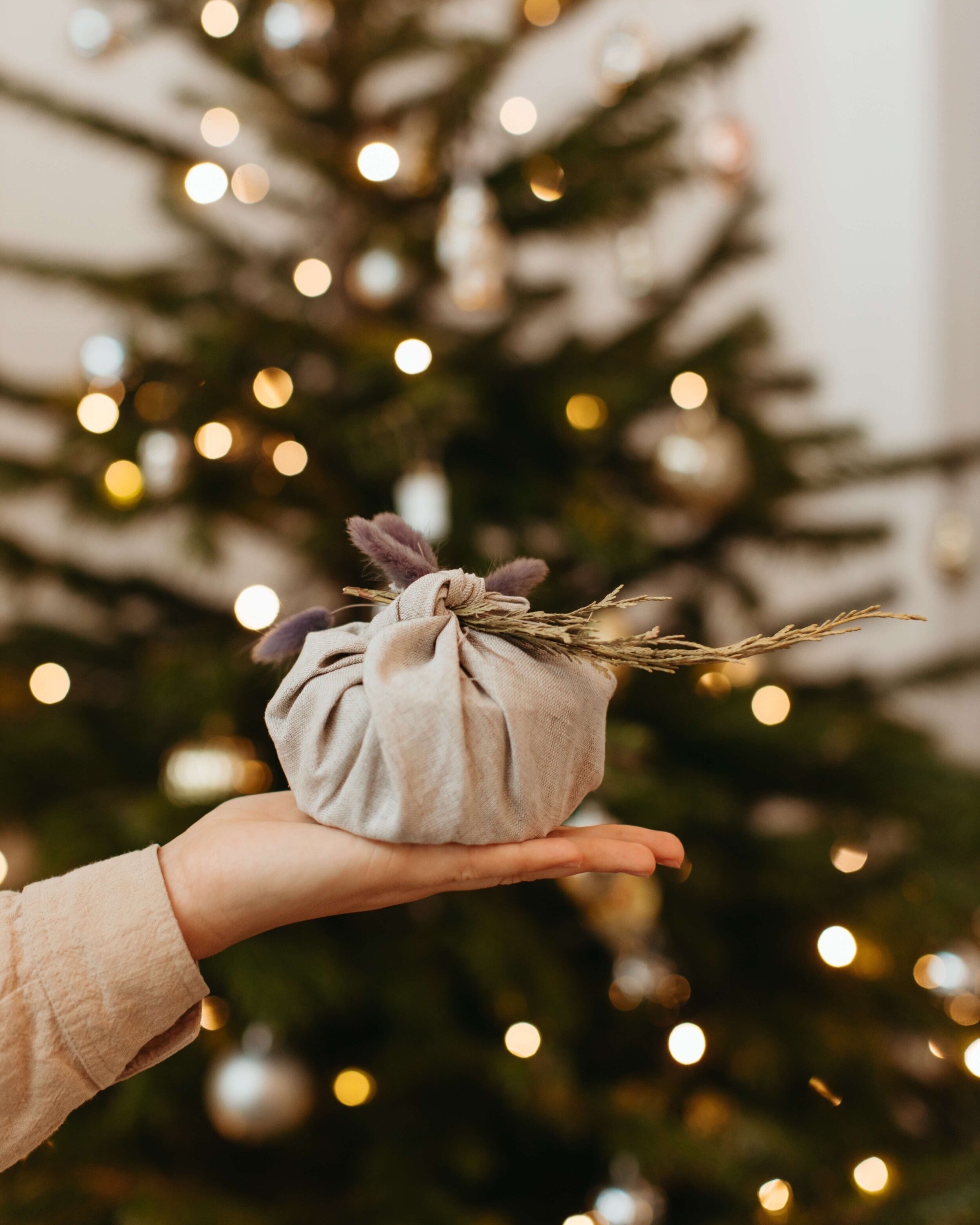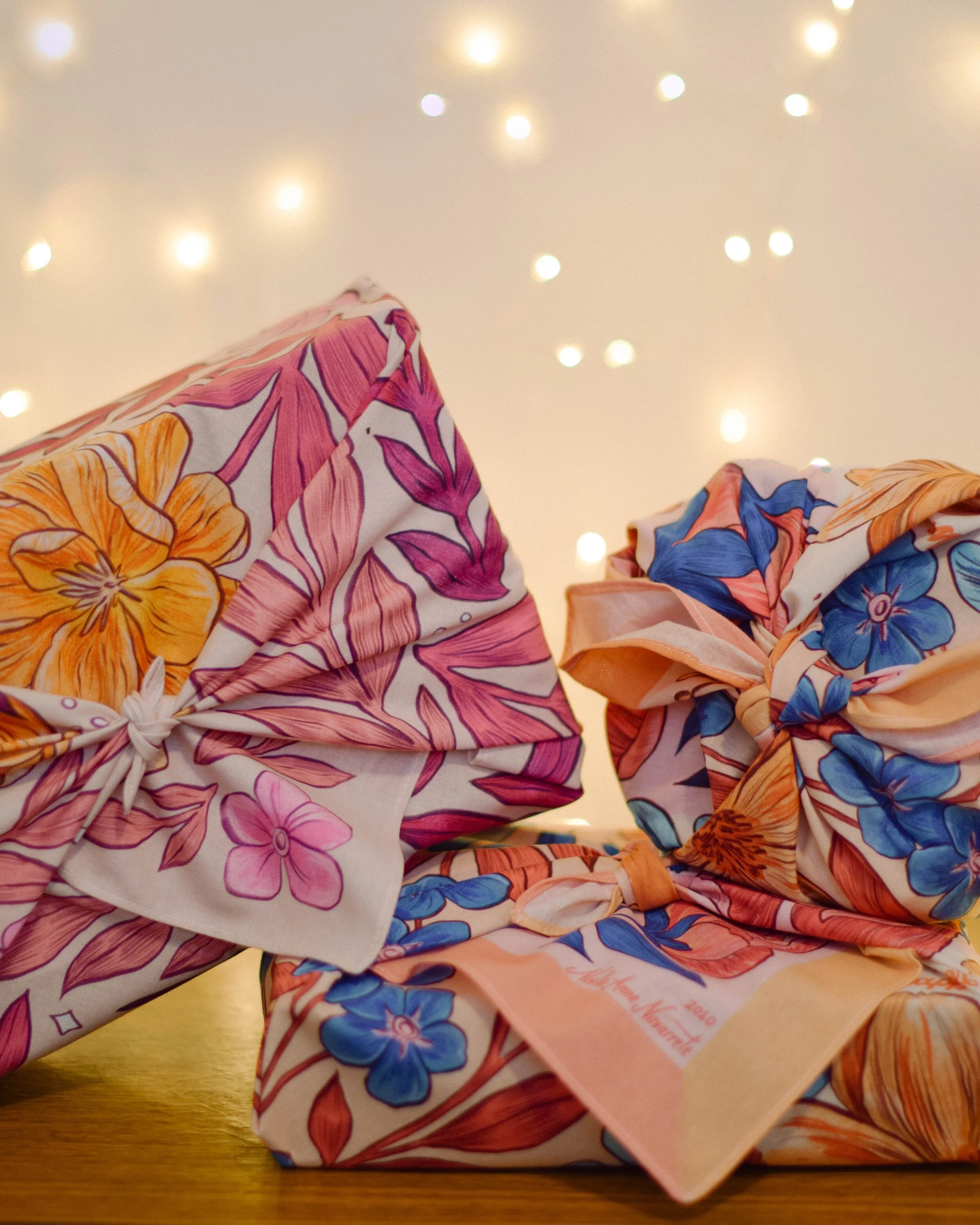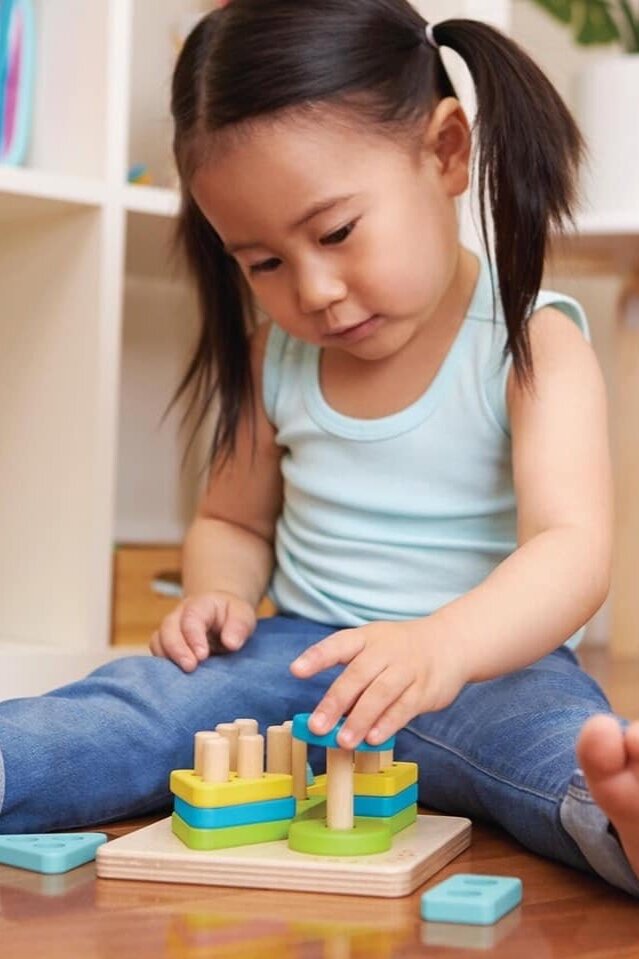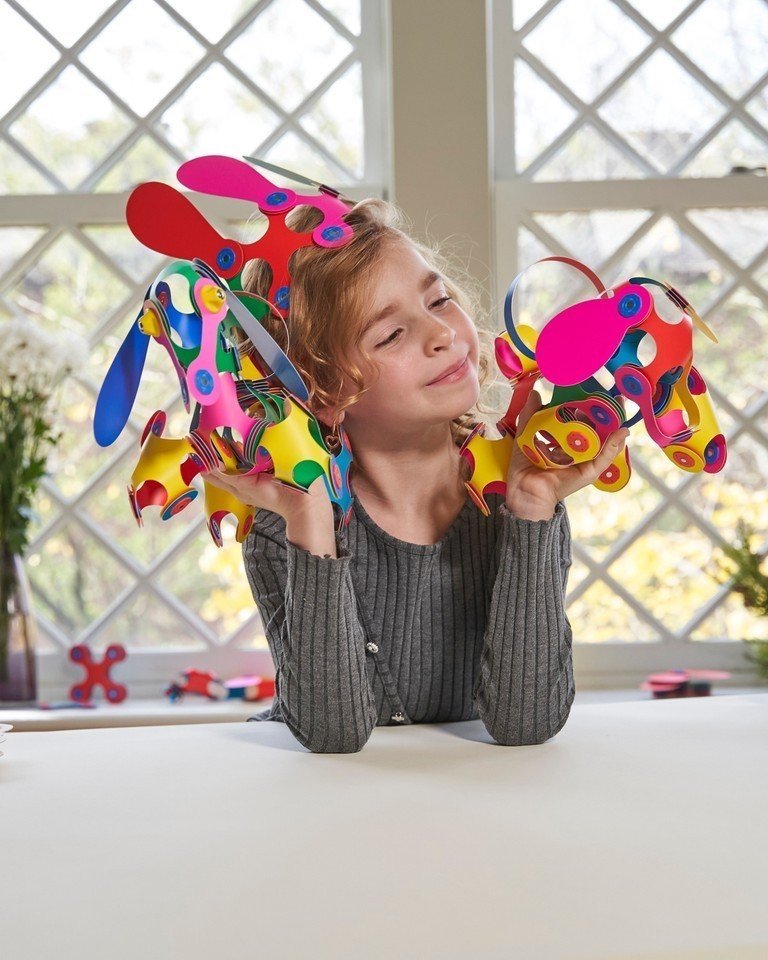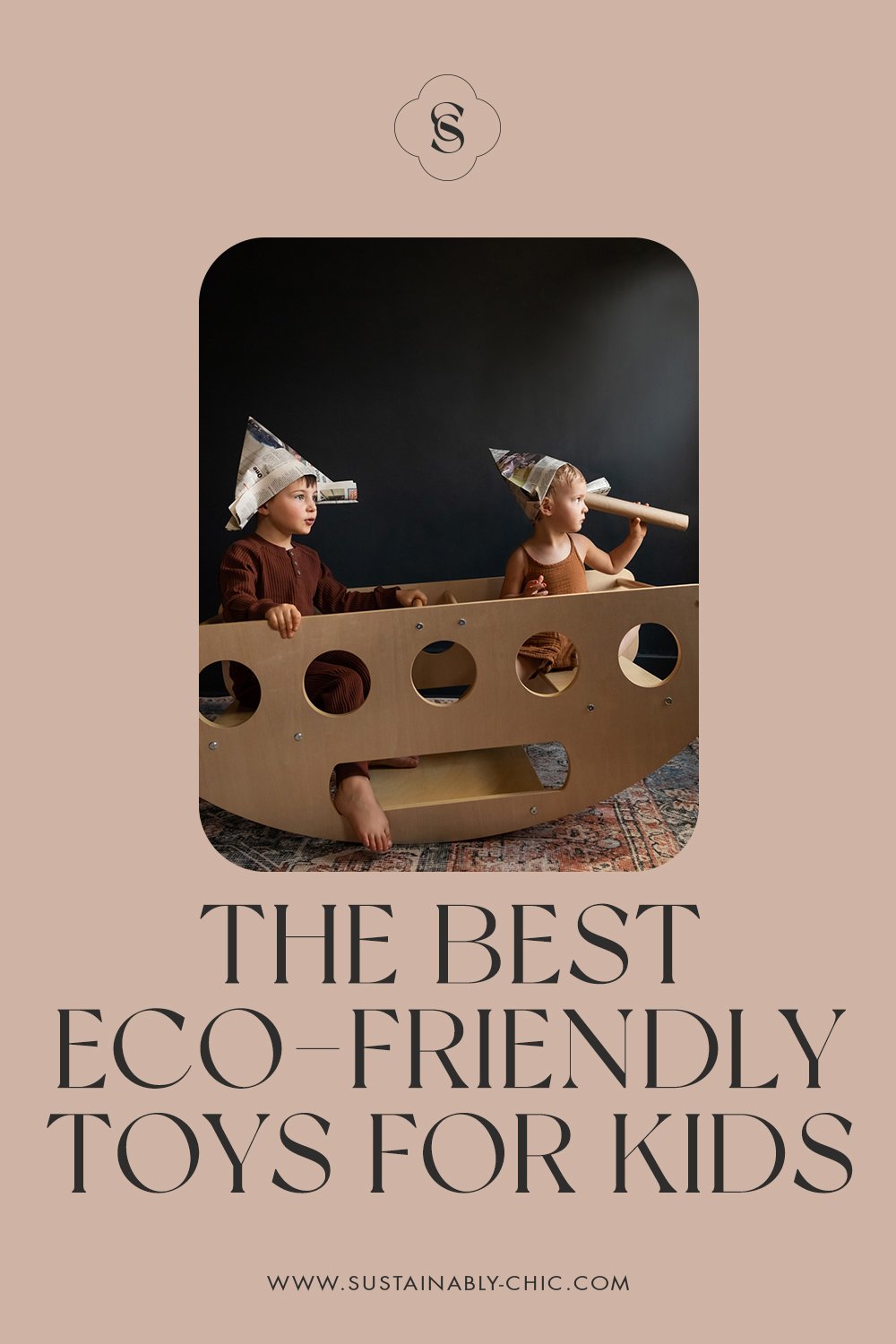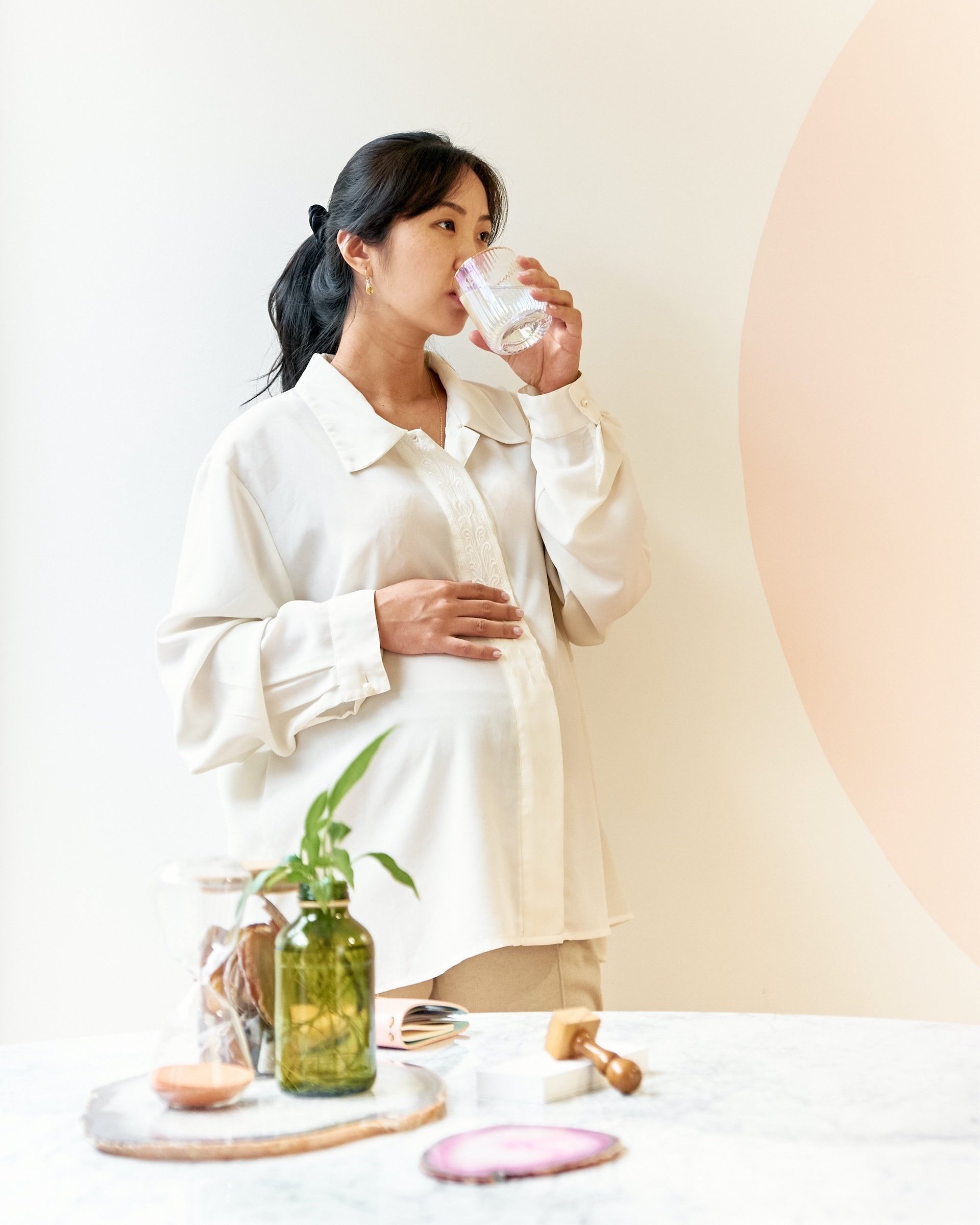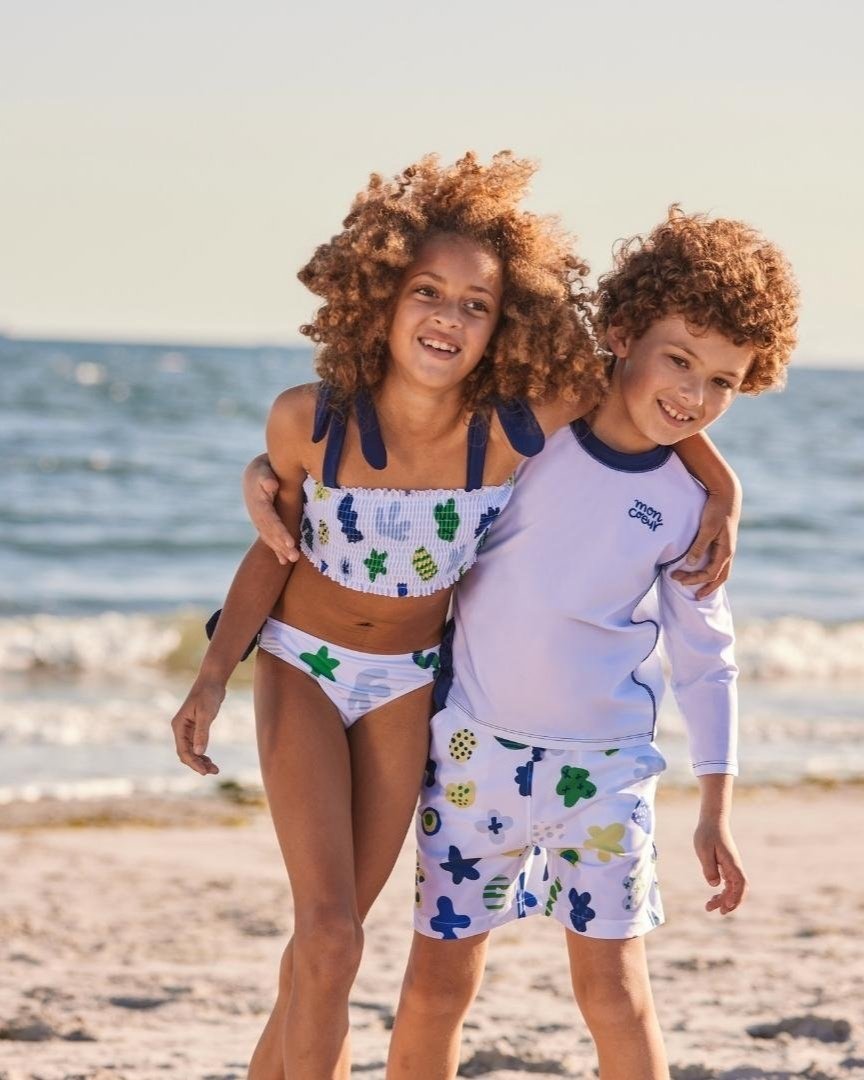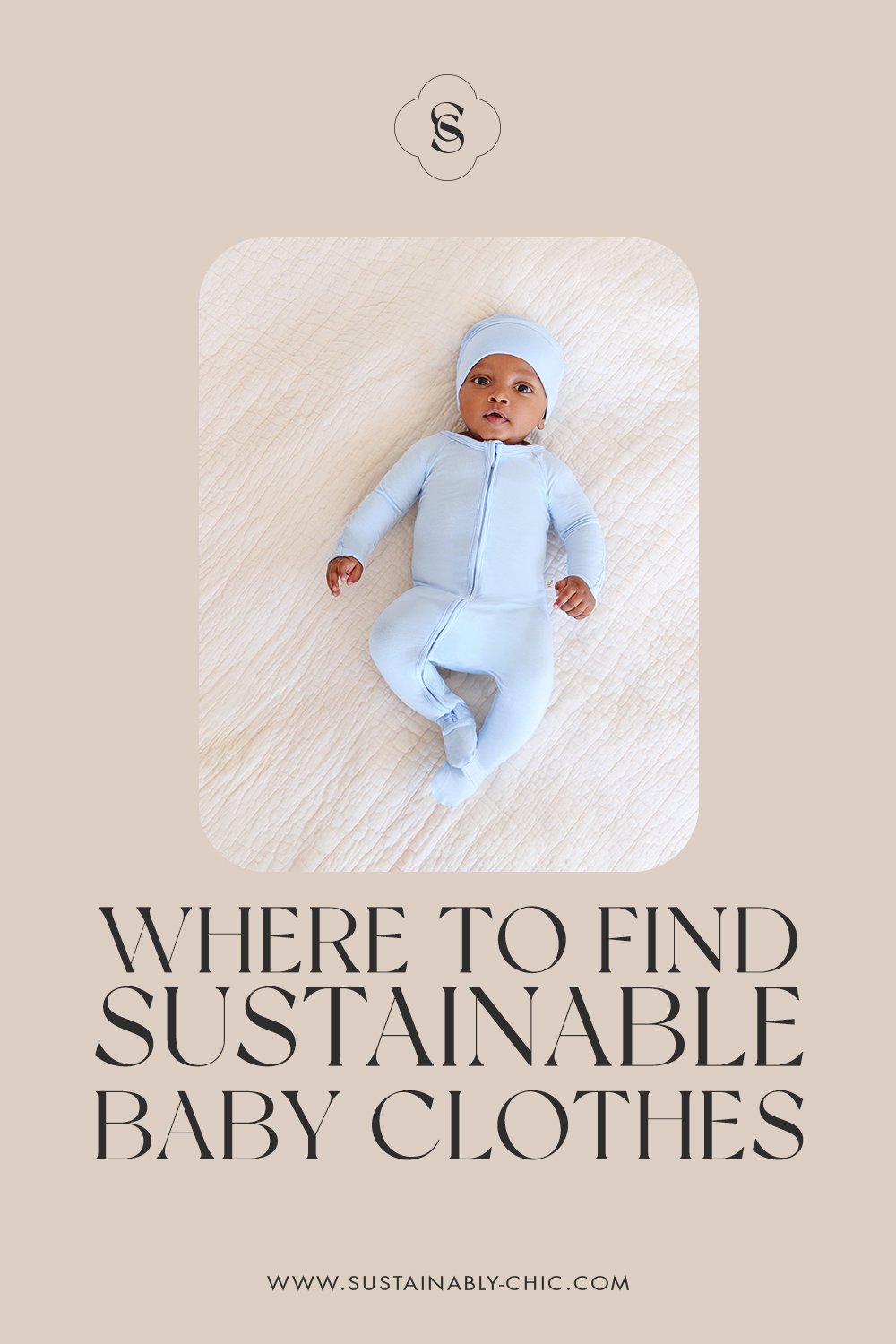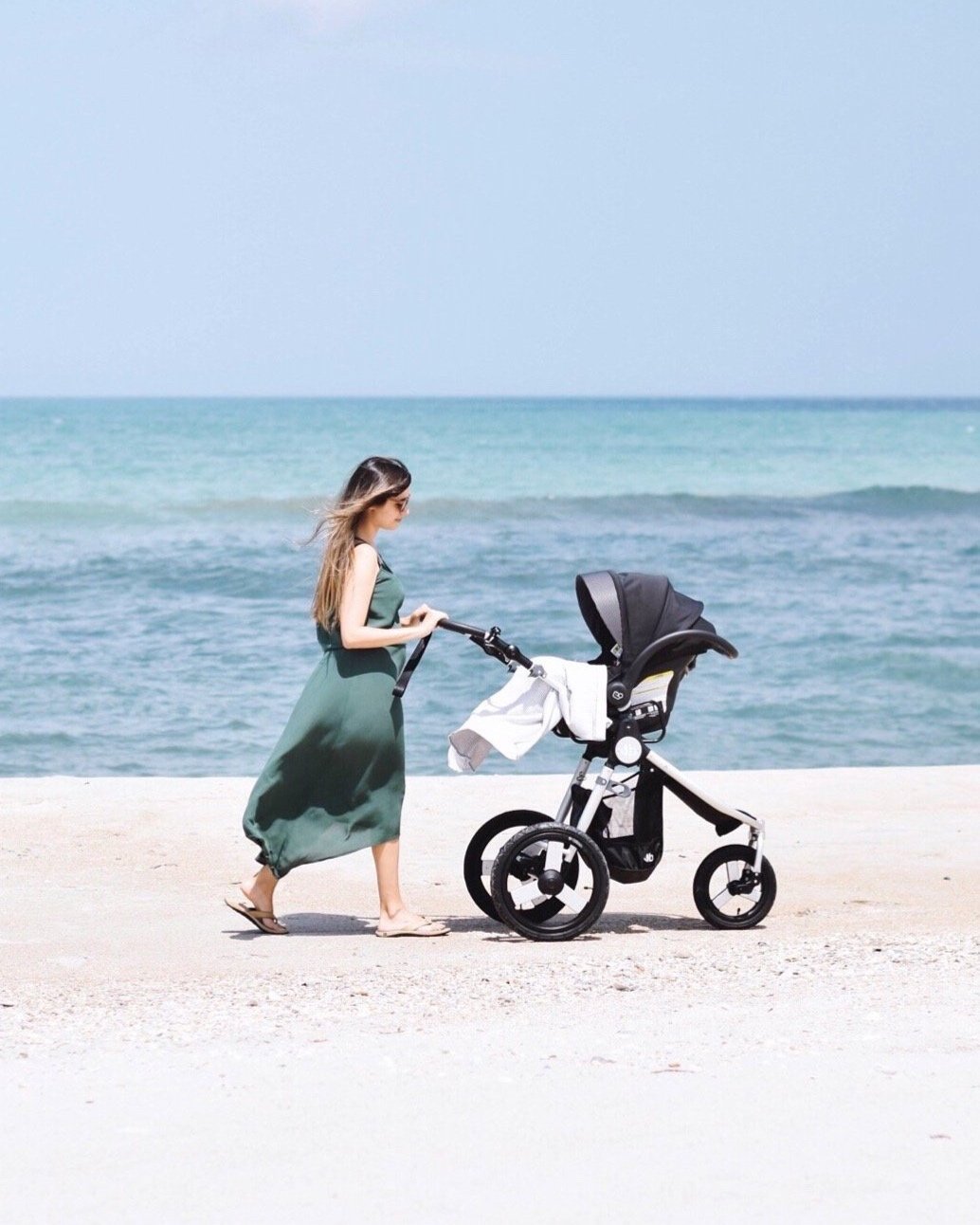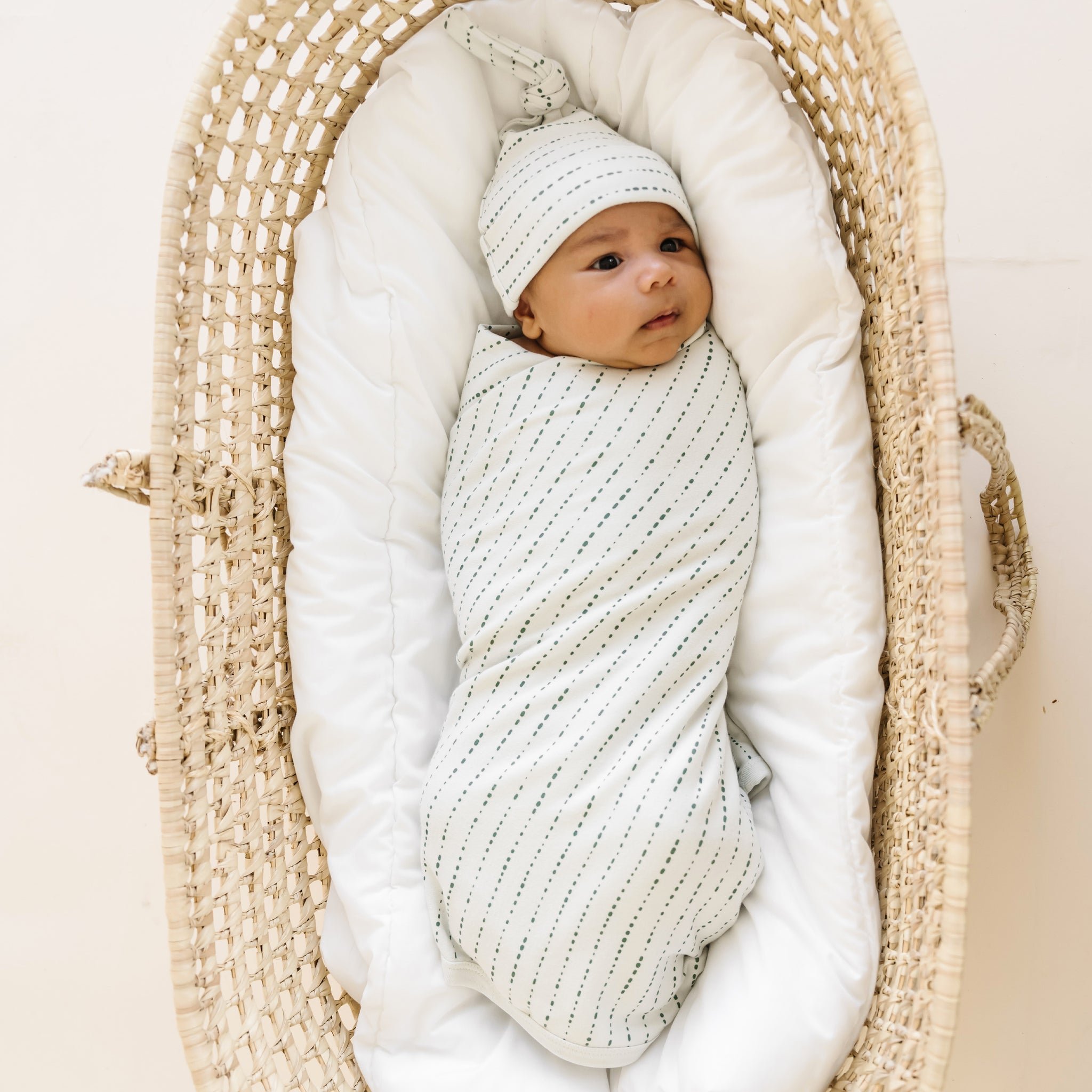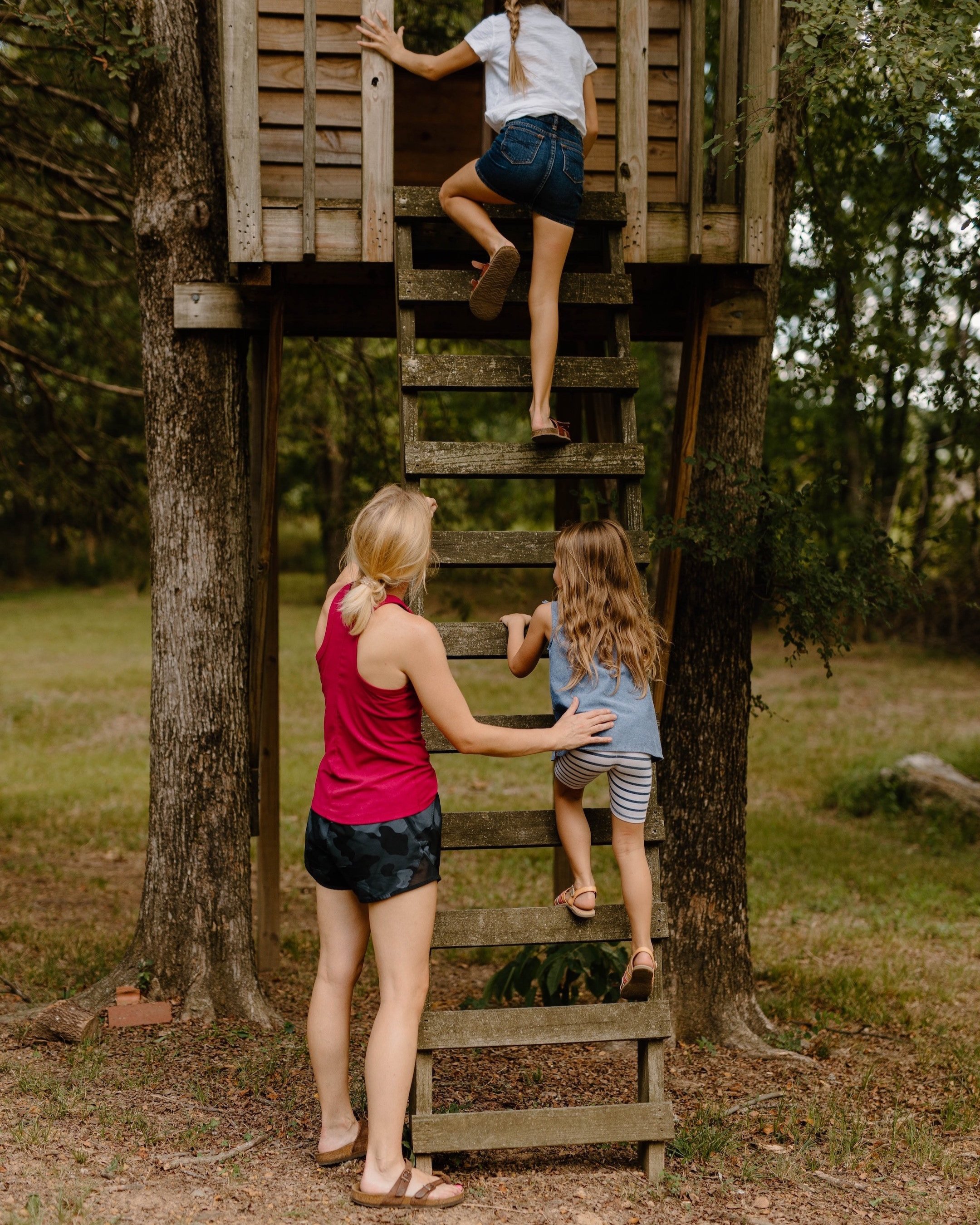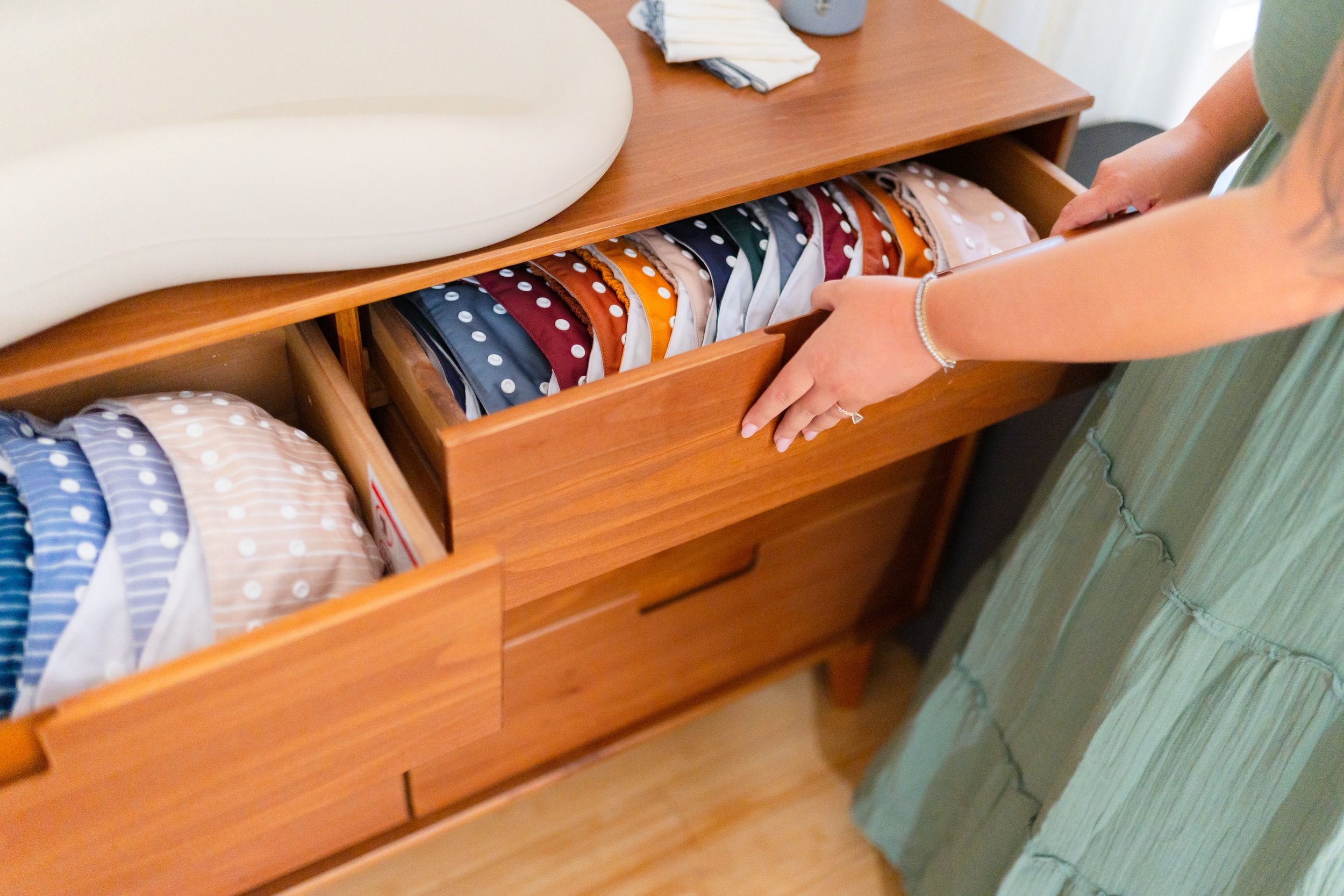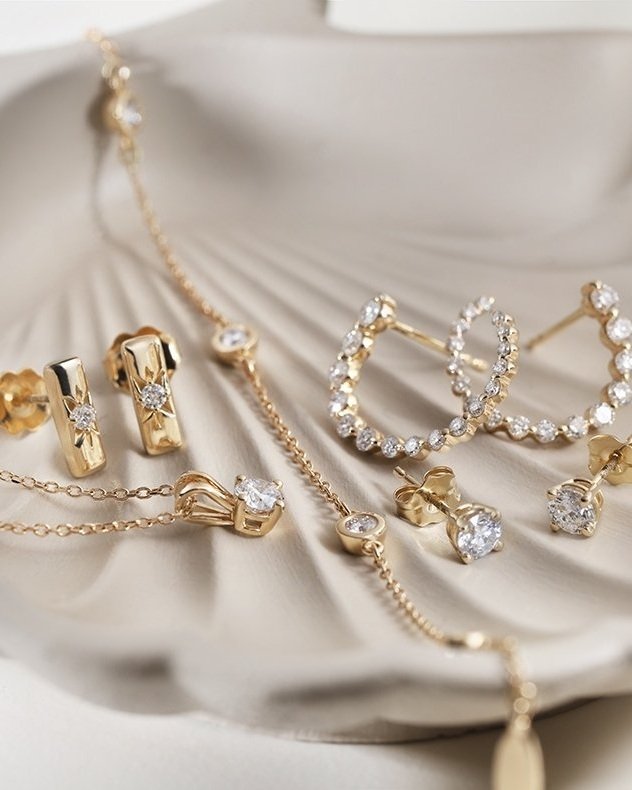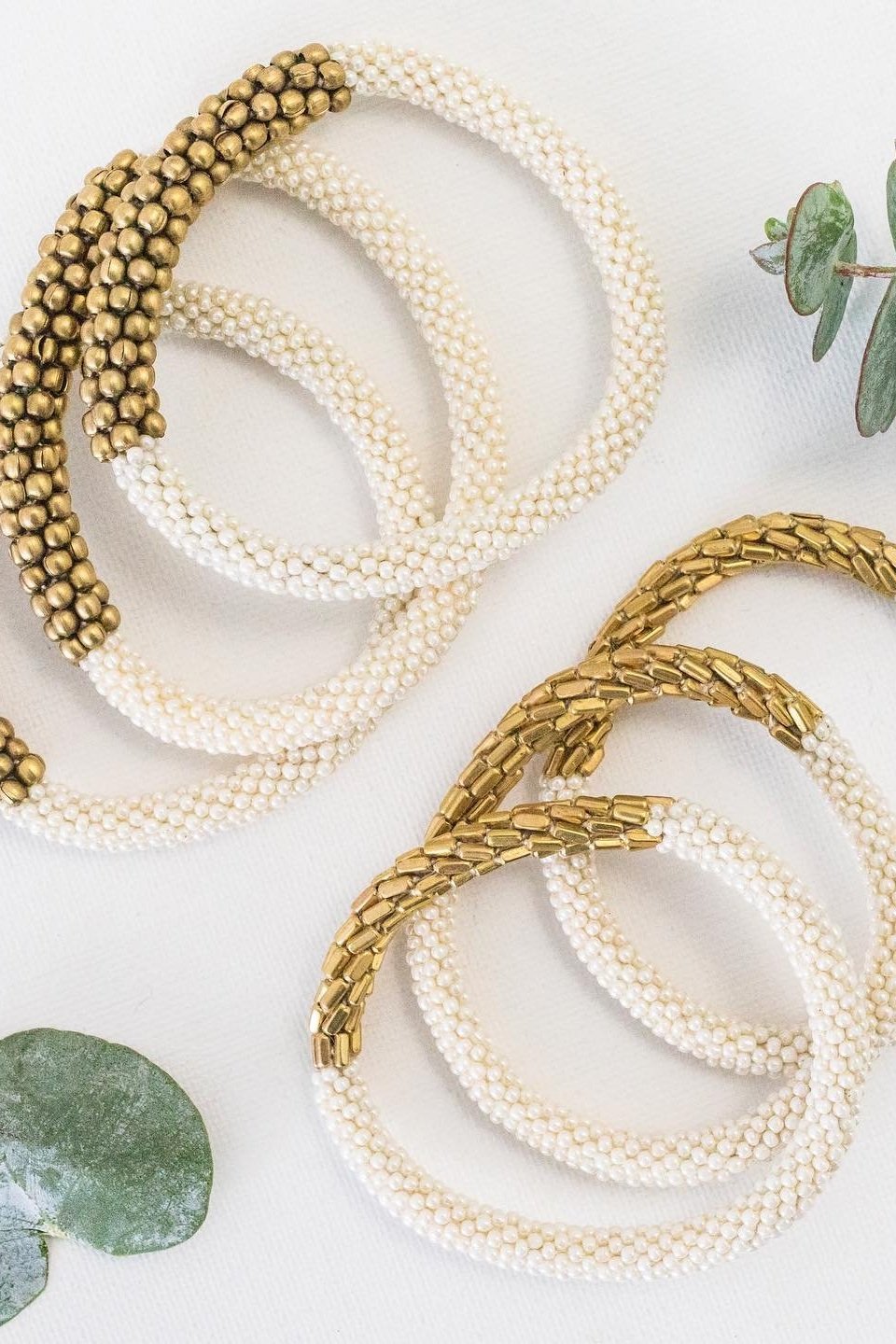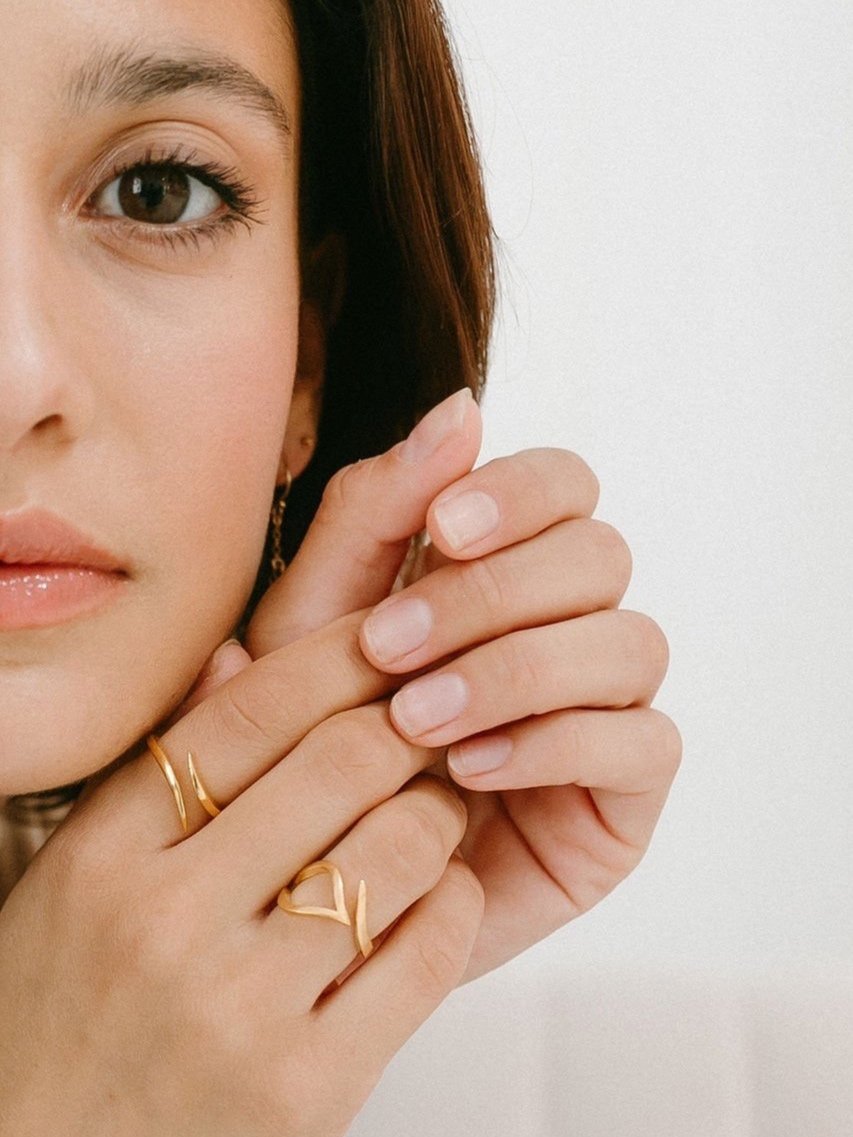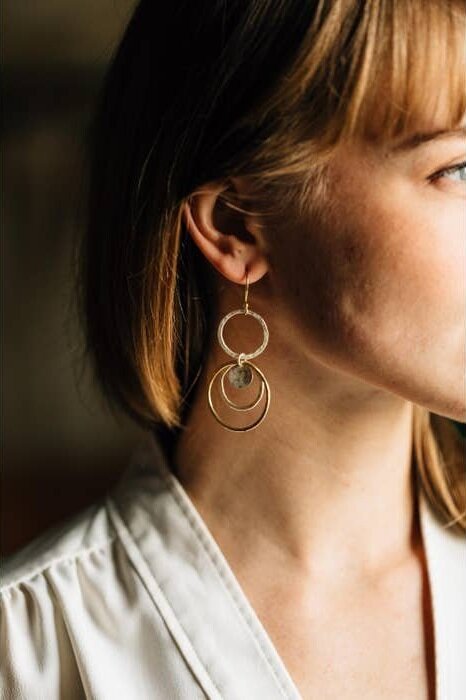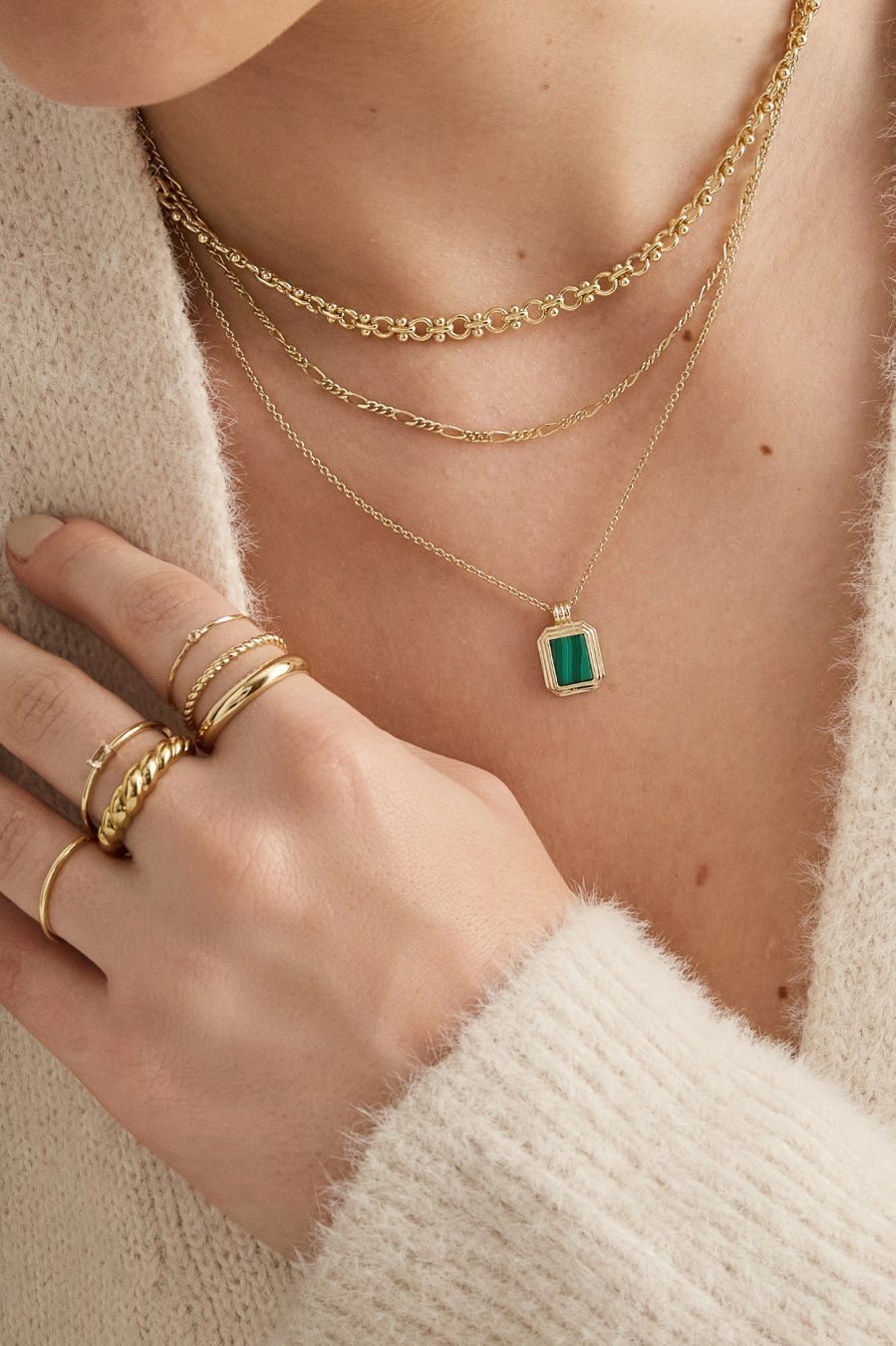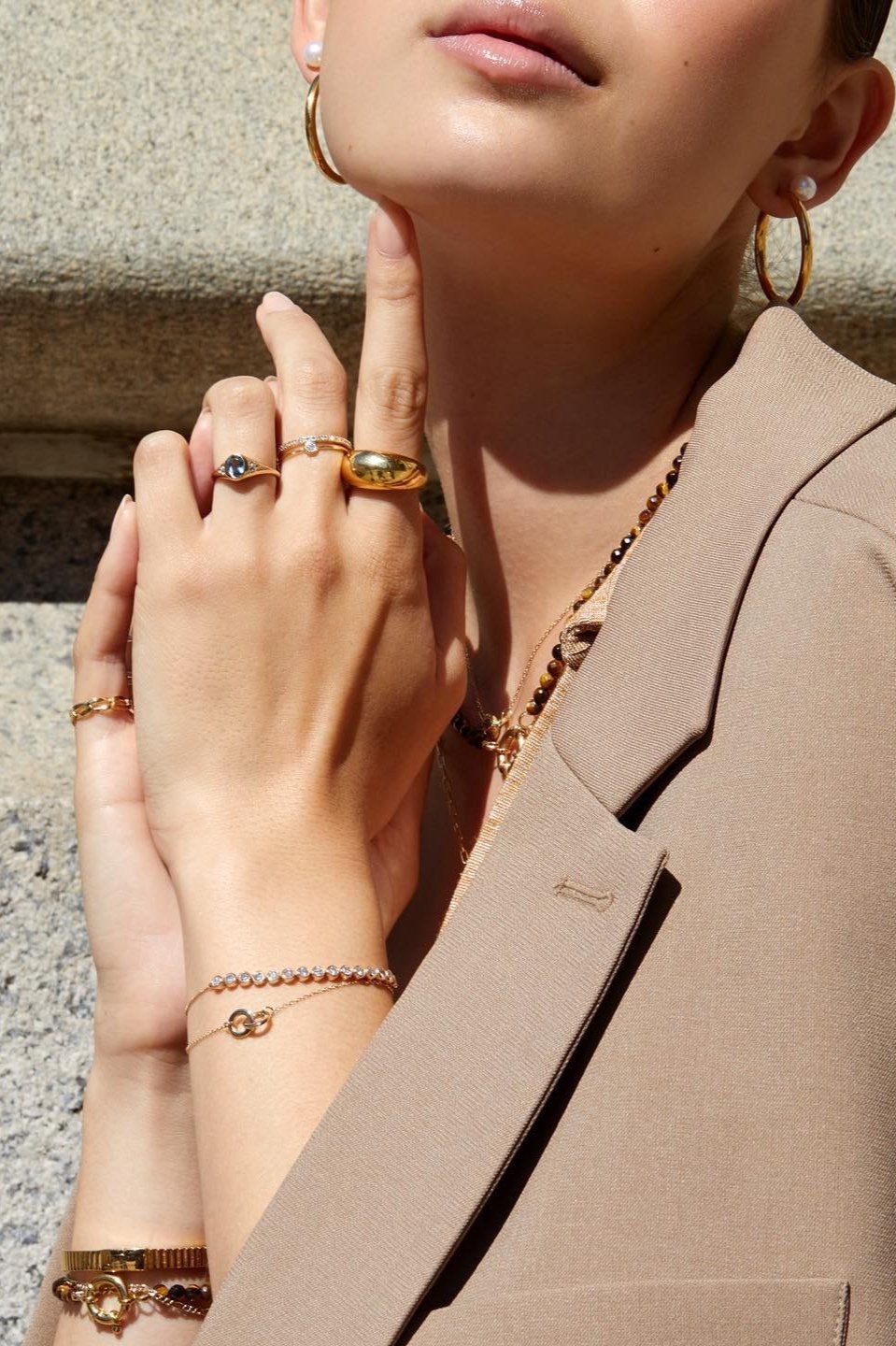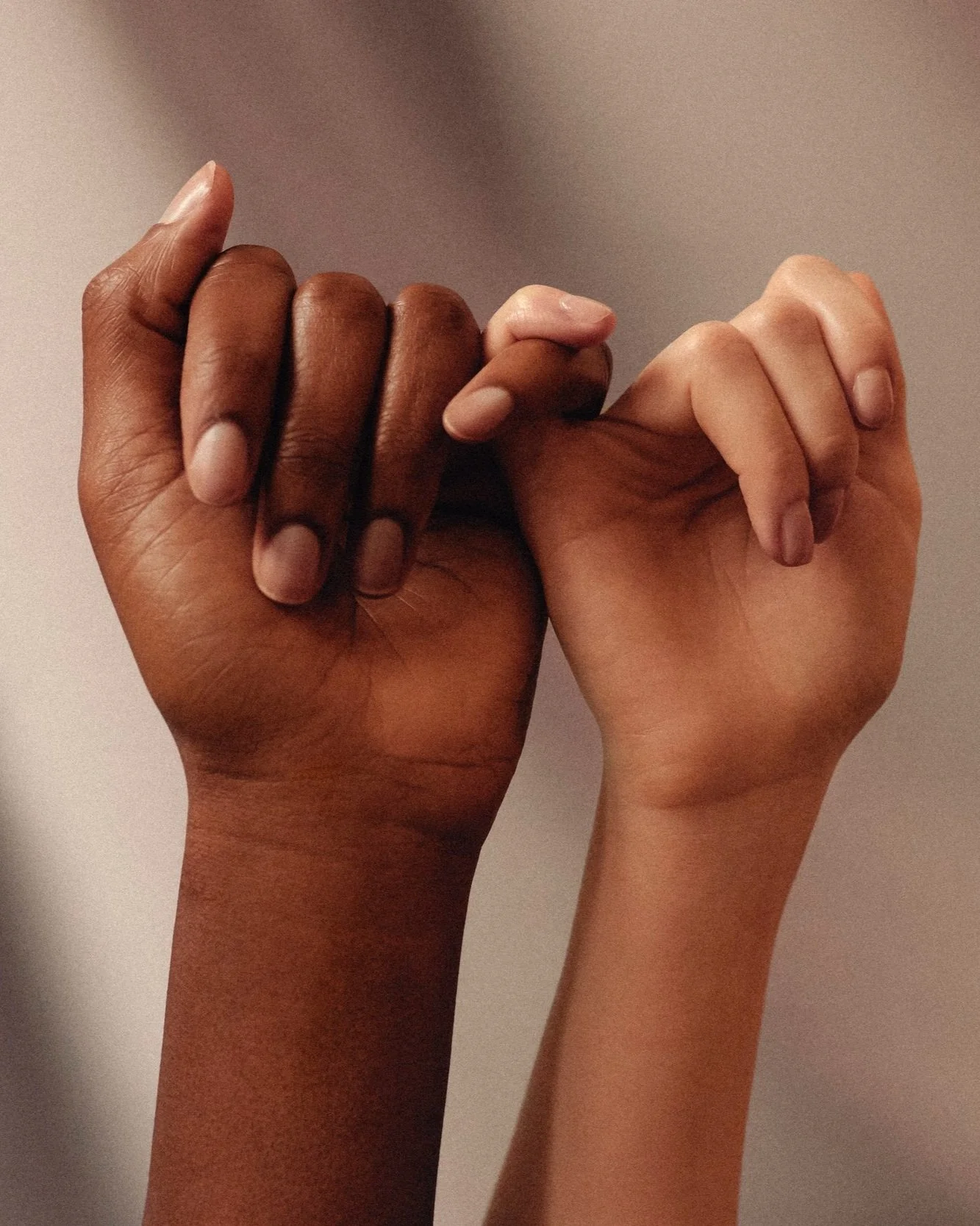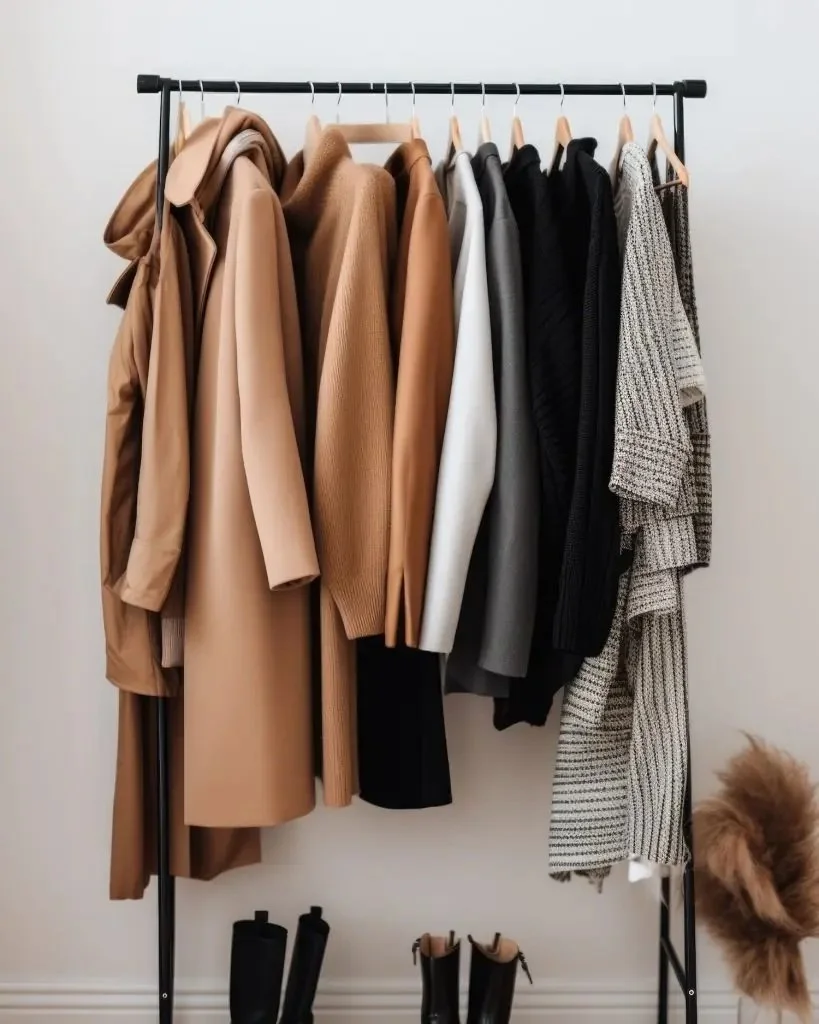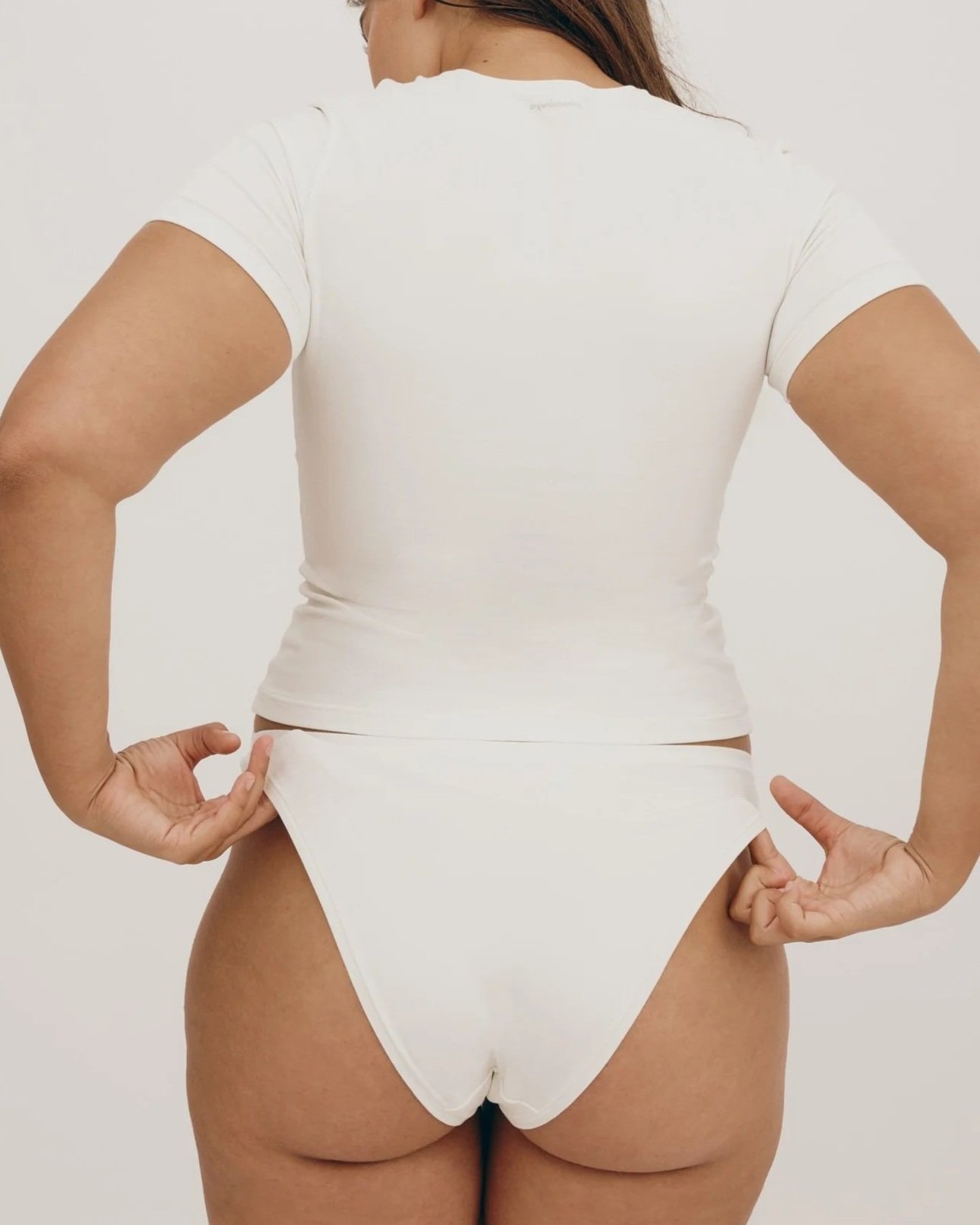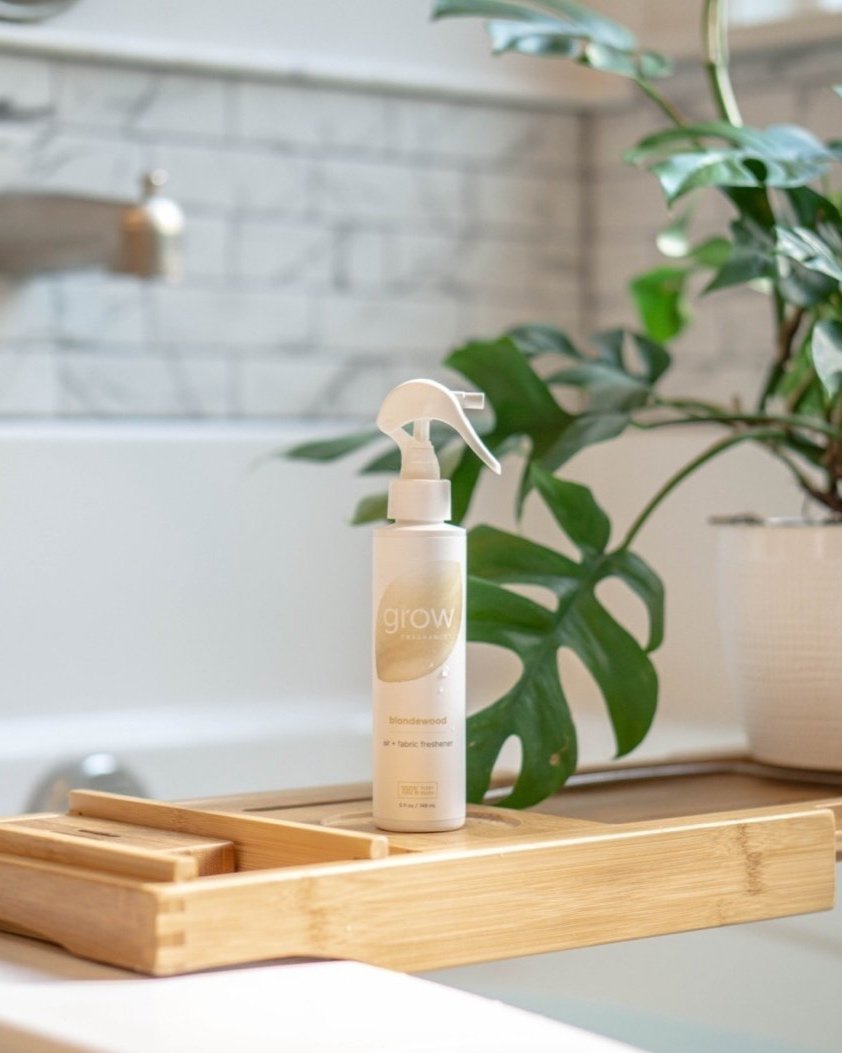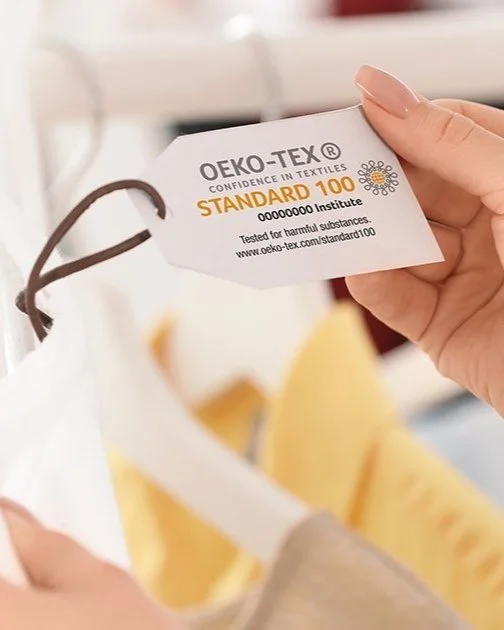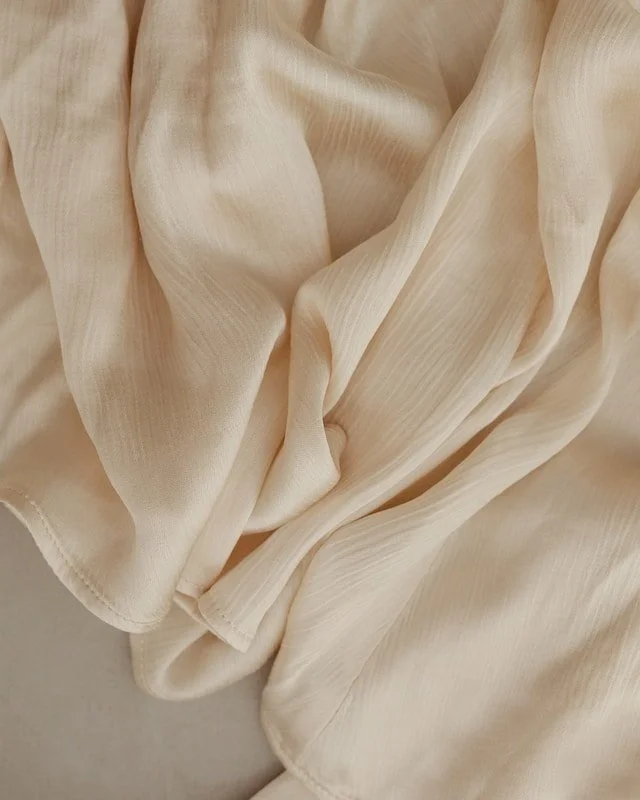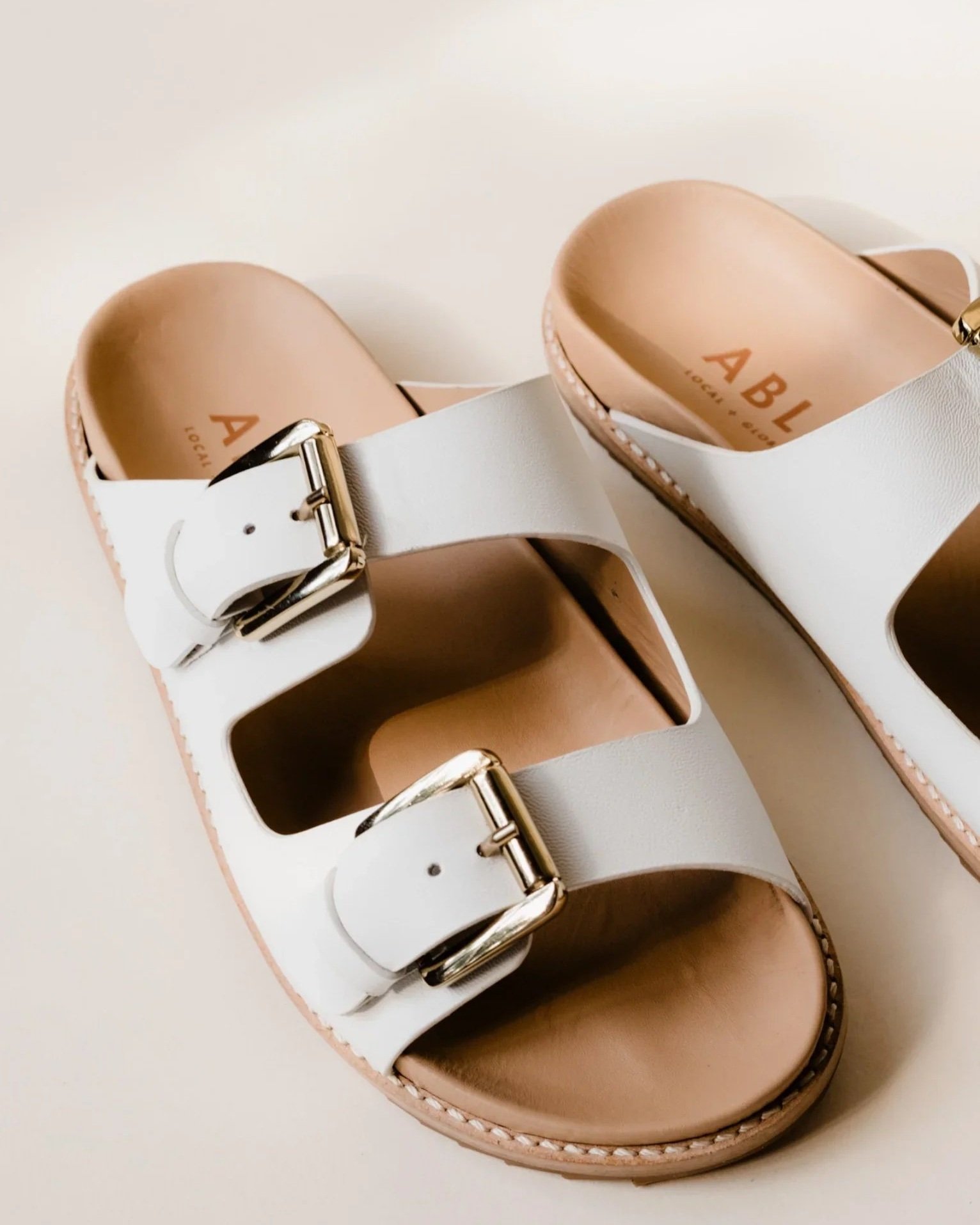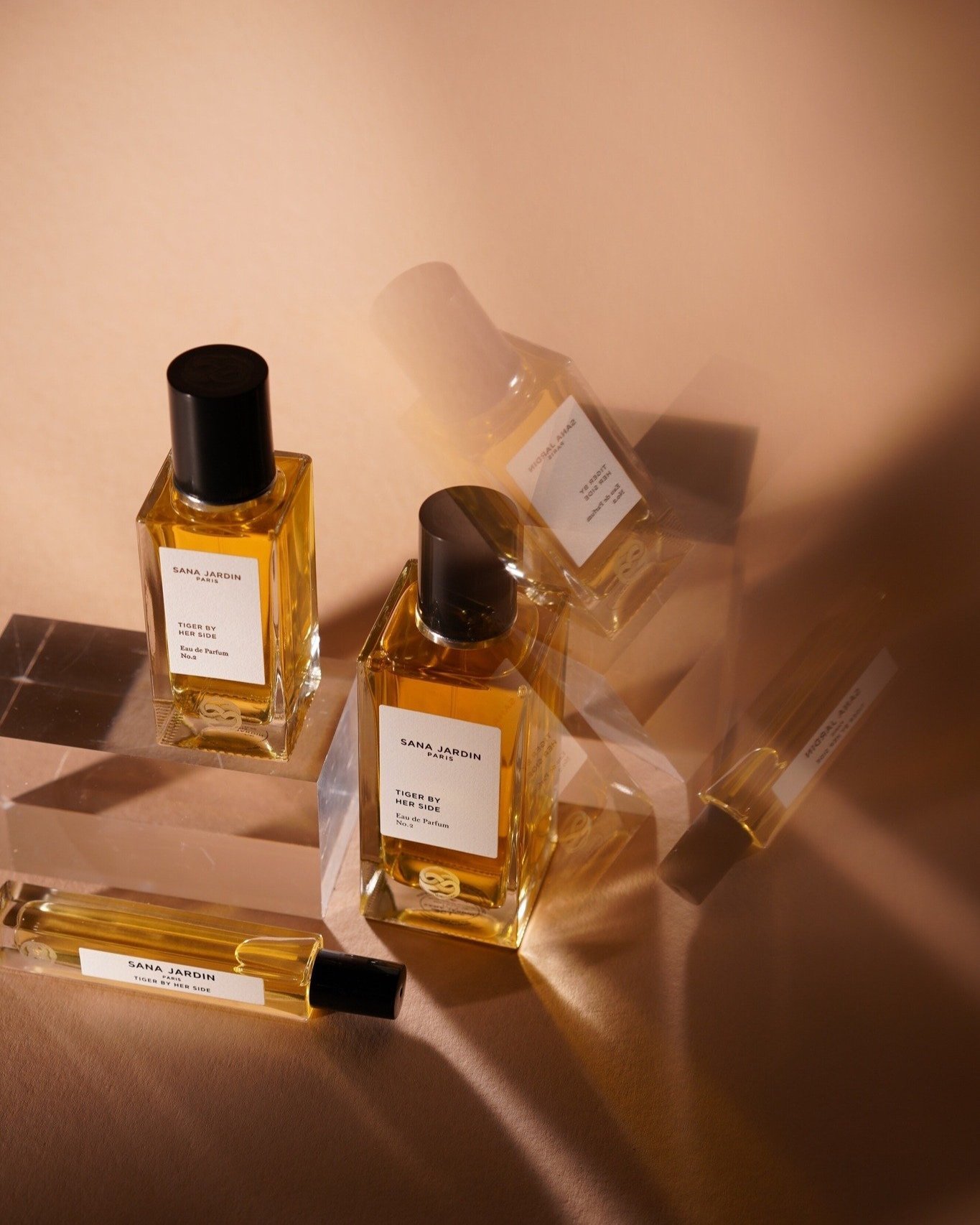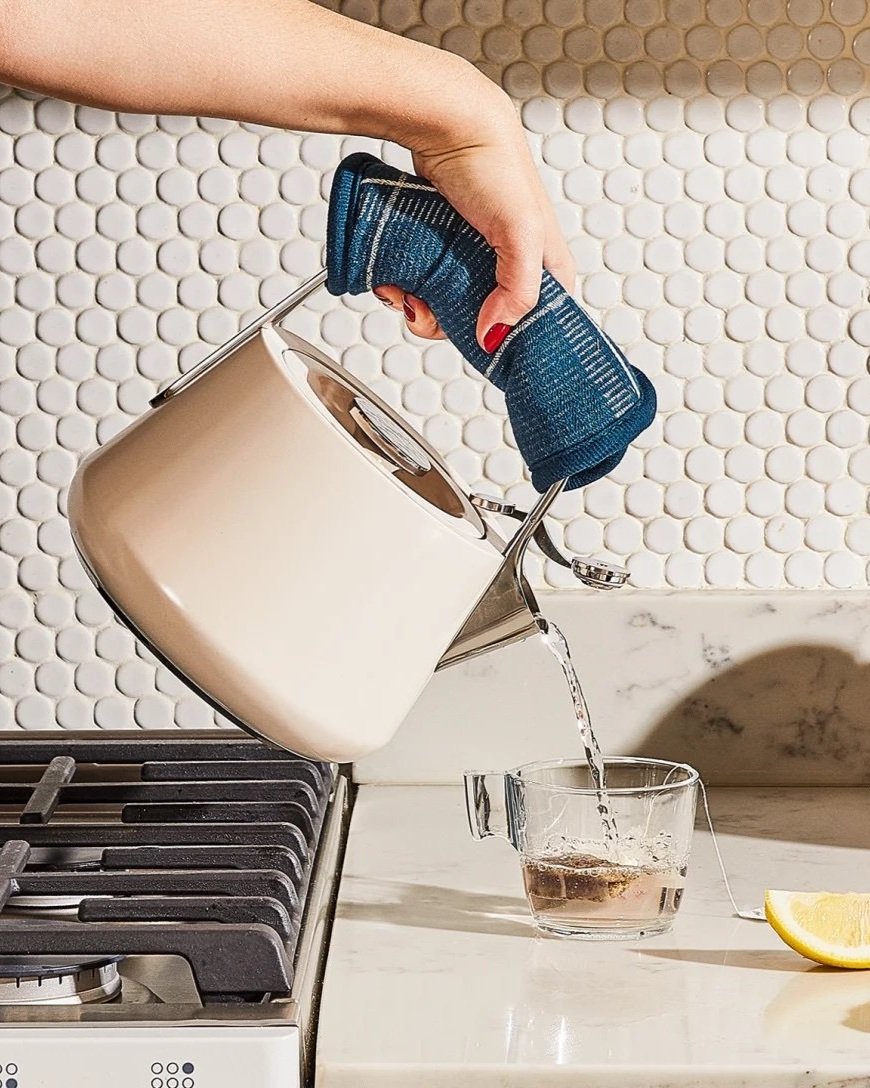Image: Bearaby
Disclosure: Some of the links below are affiliate links; we may earn a small commission if you click through and make a purchase. We only add brands & products we truly believe in. Thanks for supporting the brands who are working to make the world a better place!
Sustainable Valentine’s Day Gifts
If you’re in need of some positivity and joy to get you through the rest of January, it might be time to start thinking about, and looking forward to, Valentine’s Day! Now, maybe more than ever, it’s so important to celebrate the happy times of the year and surround ourselves with friends and family when we can. Valentine’s Day is a great opportunity to remind your loved ones how much you appreciate them, but also to treat yourself with self-love and kindness. Whether you’re in a long-term relationship, dating someone new or just trying to show yourself some love, this is the perfect chance to express your feelings of love, gratitude and appreciation.
While it has been turned into an overly commercialized holiday, Valentine's Day does have deep historical roots. Also called Saint Valentine's Day or the Feast of Saint Valentine, Valentine's Day is celebrated annually on February 14. It originated as a Christian feast day honoring one or two early Christian martyrs named Saint Valentine and, through ongoing folk traditions, became a significant cultural, religious, and commercial celebration of romance and love all over the world.
What makes Valentine’s Day unsustainable?
From the 20th Century, Valentine’s Day has become more about the ‘stuff’, and less about the sentiment. There is a big focus on the gifts, as well as cards, candy, flowers, and decorations. As the holiday grows bigger each year, so does the pressure on people to buy more for their Valentine! According to the National Retail Federation, Valentine’s Day 2021 saw $21.8B spent on gifts for partners, friends, and even pets in the U.S., with the average person spending $165.
From foil balloons that don’t biodegrade to the bunches of flowers thrown away days after purchasing, Valentine’s Day is riddled with unsustainable practices. For example, approximately 145 million Valentine’s Day cards are exchanged each year in the U.S. It takes 1 tree to produce 3000 cards, meaning over 48,000 trees are cut down to make Valentine’s Day cards each year for the U.S. alone. Another reason that Valentine’s Day is so unsustainable is due to the fact that many products are created purely for this one day, often as a novelty item, so they hold very little relevance for the rest of the year. This leads to people throwing away gifts after receiving them and adding to the extreme waste issue, which, in turn, adds to the climate crisis.
Can you have a sustainable Valentine’s Day?
Living a sustainable life shouldn’t mean that you have to miss out on celebrations with your loved ones and fun holidays. Taking a more mindful approach to the day can help you avoid unsustainable traditions and come up with more meaningful ways to celebrate Valentine’s Day this year.
If you ditch the one-day novelties, avoid buying too much, and really think about something your partner would love and treasure for a long time, you’re already on track for a much more sustainable Valentine’s Day!
While gifts are a wonderful way to show your love to the special person in your life, there’s nothing stopping you from coming up with something different this year. You could plan a romantic day trip together, make a home cooked meal to have on the day, or get crafty and make your partner something homemade!
Our top picks for sustainable Valentine’s Day gifts
If you’re looking for something special that will show your affection to your loved one, as well as showing some love to the planet, we’ve put together a list of sustainable gift ideas for Valentine’s Day. These gifts are eco-friendly and ethically produced, ensuring you’ll have a clear conscience and a full heart on February 14th.
1. Heart Necklace
$125
Jewelry makes a wonderful gift for Valentine’s Day, especially if it’s from an ethical, sustainable designer. The Laura Elizabeth Heart necklace is cast in 100% recycled brass, and can be either 14 karat gold or sterling silver plated, depending on your loved one’s preference. These necklaces are also ‘mama-friendly’ as the two-chain and double-looped design protects it from tugging toddlers! Plus, Laura actually makes each and every necklace by hand herself!
2. Fair Trade Chocolate
Today, the average African cacao farmer only makes around $0.50-$0.84 a day. According to the Cocoa Initiative, an estimated 30,000 children and adults were subjected to forced labor somewhere in the cocoa supply chain over the five year period between 2013-2017.
Fortunately, we have a post dedicated to the sustainability of chocolate, so you know what you buy beforehand!
3. Weighted Blanket
$199+
A weighted blanket is perhaps not the traditional Valentine’s Day token, but is guaranteed to give your loved one what they most desire - a good night’s sleep! Bearaby have created these silky-soft blankets, naturally weighted to promote better, deeper sleep and describes them as “an all-over, calming cuddle”. Using only sustainable materials such as organic cotton and TENCEL, you and your partner can sleep soundly knowing your blanket is doing its part for the environment.
4. Reusable Water Bottle
$35+
How cute is this Klean Kanteen water bottle? This Limited Edition 20 oz insulated water bottle is made from 90% recycled stainless steel. It is leak-proof, dishwasher safe, and its Climate Lock™ keeps contents iced for up to 59 hours! Klean Kanteen is a Certified B Corp brand, Climate Neutral Certified, and Family and employee-owned. If you want a reusable cup, this is the brand to check out. They also have this adorable heart print coffee tumblr!
5. DIY ‘ Sand’ Candles
$36-281
Are you looking to create a romantic candle setup? Chameleon Sand Candles are the perfect way to bring that beautiful light ambiance to your evening in a non-toxic way. The sand-like mixture is plant-based and fragrance-free, allowing you to add your own essential oils to create a scent unique to your home. Another great thing about these candles is that you can use your own vessels repeatedly to avoid excess waste!
6. Houseplant Subscription
$50+
Why give someone a bunch of flowers that only lasts a few days when you can give them a plant to own forever! As most millennials and Gen-Z’s know, what’s better than just one houseplant? Several. The Sill offers a monthly houseplant subscription box to help you bring the outdoors in and elevate your mood and space. Choose from classic or pet friendly plans, pick your ceramic planter and enjoy your monthly surprise easy-care houseplant!
Read more about sustainability in flowers here!
7. Bouquet of Flowers
$35+
If flowers are more your partner's thing, you can opt for a sustainable alternative from Bouqs. They partner with sustainable farms that minimize waste, recycle water, and protect workers’ well-being. This also means their flowers stay fresher and last longer. Choose from roses, lilies, tulips, sunflowers, or even succulents to surprise your loved one this Valentine’s Day!
8. Fireside Favorites
$119
Are you a camping couple or love a beach BBQ? Spend Valentine’s Day doing what you do best with all the added perks this year. This gift set from Packed With Purpose has everything you need for cuddling up by the fire, including a polar fleece blanket made with 100% recycled materials, organic popcorn kernels, milk chocolate s’mores bar and gourmet hot chocolate mix!
9. Redwood Succulent Heart Kit
$59
Made in California, this succulent kit is perfect for DIYers and plant lovers. The kit features a heart-shaped frame crafted of reclaimed redwood and six succulents. Not only is it a gift that lives on through the years, but knowing it is eco-conscious and reusing reclaimed natural materials makes it even better!
10. A Getaway for Two
$100+ per night
Getaway’s cozy cabins provide restorative stays in nature where your loved ones can take a break from work, wifi, and routines.
This is the perfect gift for those people who prefer experiences to things, are hard to shop for, enjoy the outdoors, or just deserve a little retreat from their busy life.
11. Non-Toxic Nail Polish Gift Box
$53
It took Sundays a whole year to develop the perfect 10-free, non-toxic, vegan, and cruelty-free formula that could still deliver high-shine and long-lasting brilliant color.
Their gift boxes allow you to choose three colors, making it a great customizable gift for your partner!
set from Uye Surana
12. Ethical Lingerie
Unfortunately, the majority of lingerie sets on the market are made unethically, at the cost of the planet.
They fall apart after a few wears and you quickly need to repurchase new ones.
The good news is that you can find undies & bras in line with your values.
Many brands are making fancy, more sustainable lingerie sets, produced with workers’ wellbeing in mind.
13. Reusable Bags for V-Day Treats
It’s no secret we love Stasher bags here at Sustainably Chic!
Stasher is one of the best alternatives for resealable plastic bags. They have tons of sizes for snacks, sandwiches, fruits, and vegetables. They are microwave-safe, waterproof, and dishwasher-safe - plus, they make great for gift giving because who wouldn’t want to receive yummy treats in a colorful bag they can reuse?!
14. Gift Card to A Sustainable Online Marketplace
Not sure what to gift this year for Valentine’s Day? Gift Cards are always a great solution to this dilemma! We have a list of amazing online marketplaces focusing on sustainable goods only. If your partner is interested in living zero-waste - or a bit more eco-friendly - then this is a perfect start for them!
About the Author
Sarah King is a freelance writer with a focus on vegan fashion, sustainability and ethically made clothes.
She campaigns for change in the fashion industry through her blog and on her Instagram page.
MAKE SURE TO PIN THE PHOTO BELOW TO SAVE THIS POST FOR LATER!
WANT MORE SUSTAINABLE BRANDS? VISIT OUR BRAND DIRECTORY!
Our Brand Directory is home to hundreds of sustainable brands, from makeup to cleaning supplies, from underwear to shoes. We have broken everything down by category for easy shopping, along with discount codes unique to Sustainably Chic viewers.


